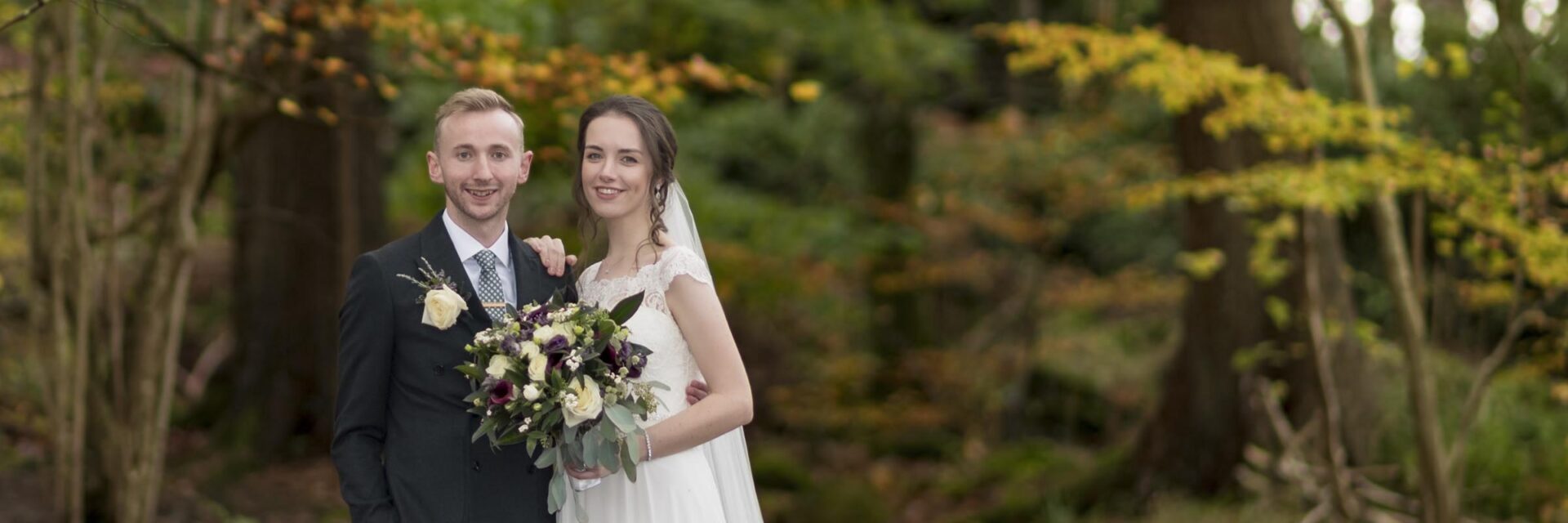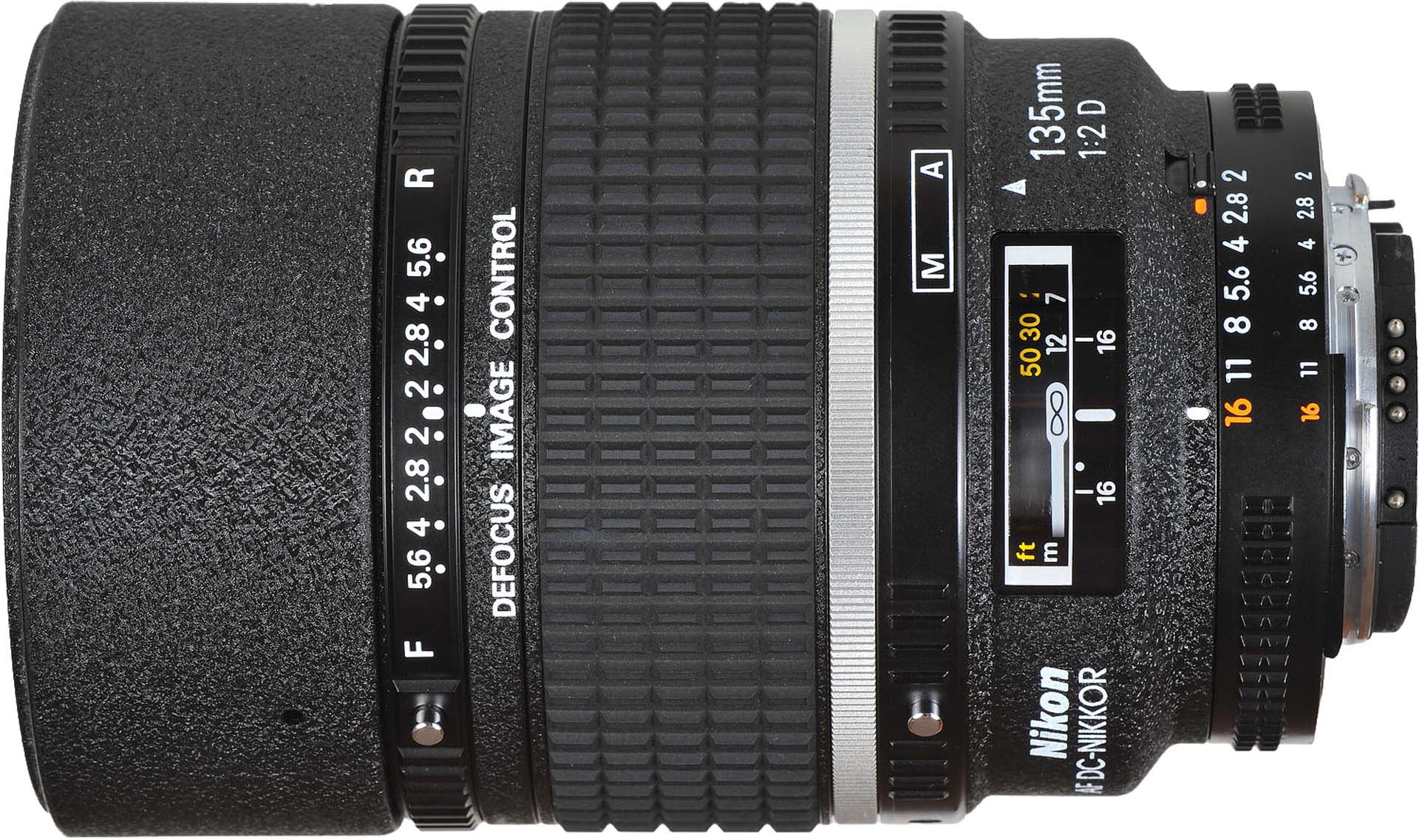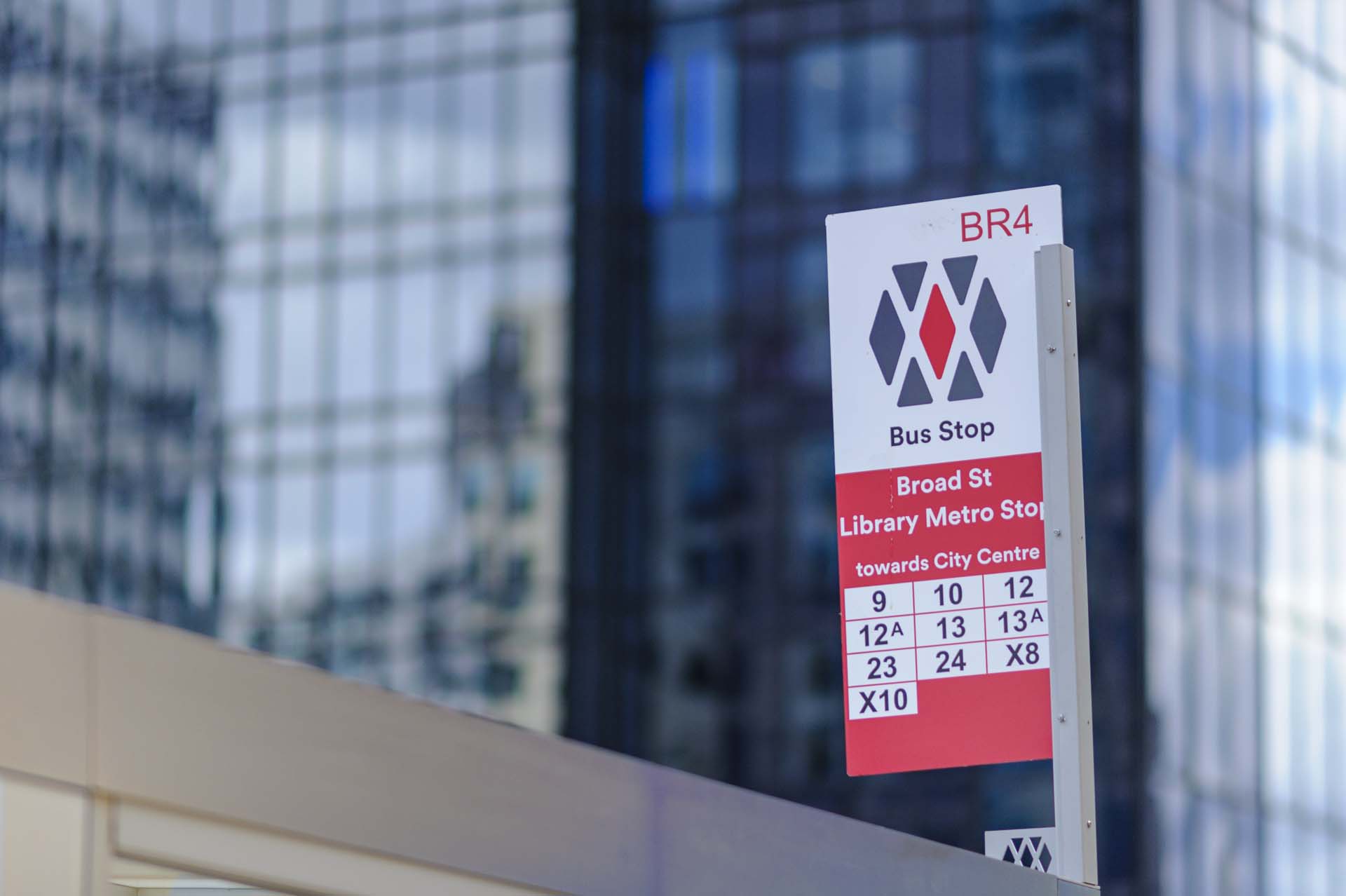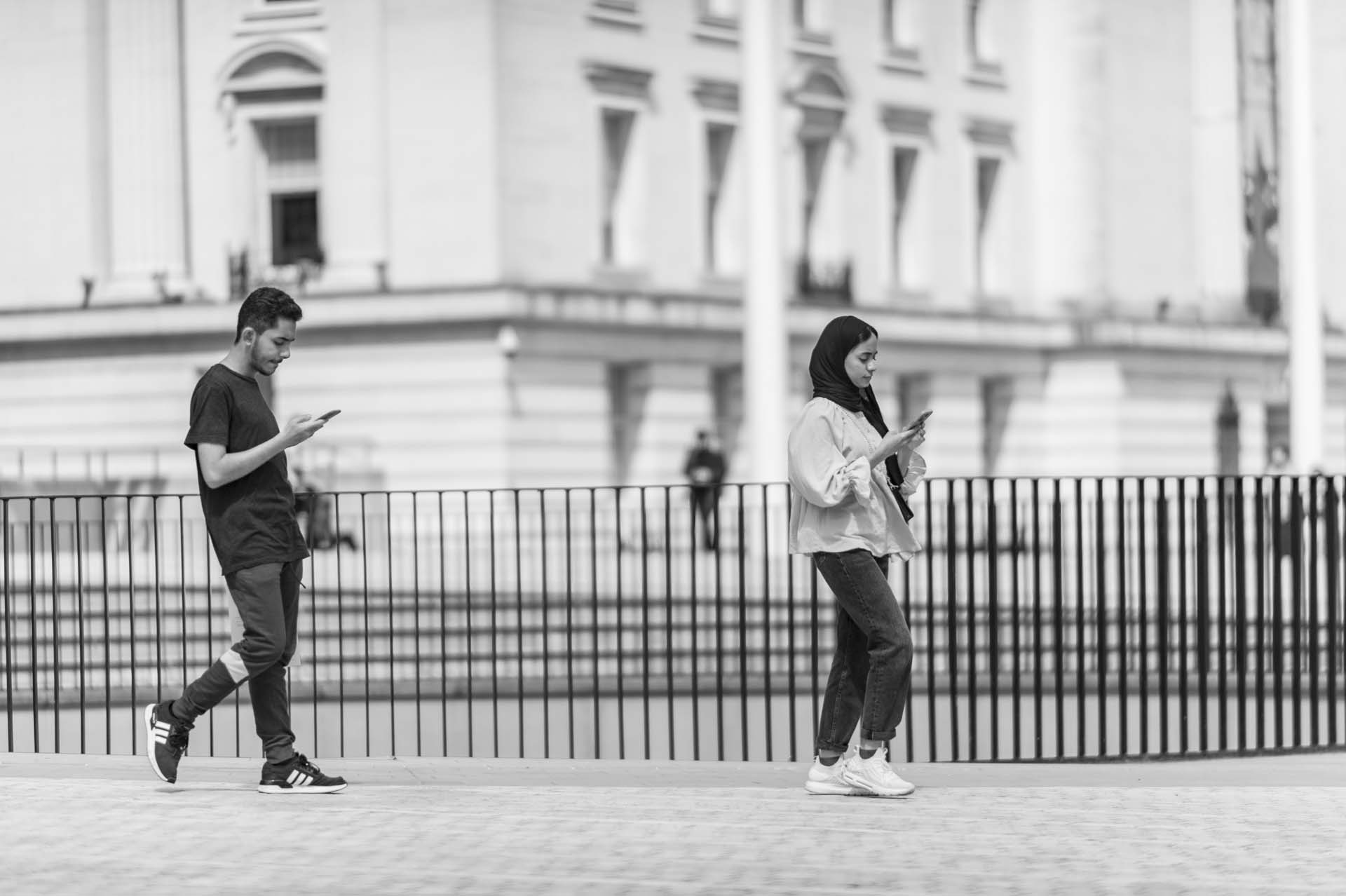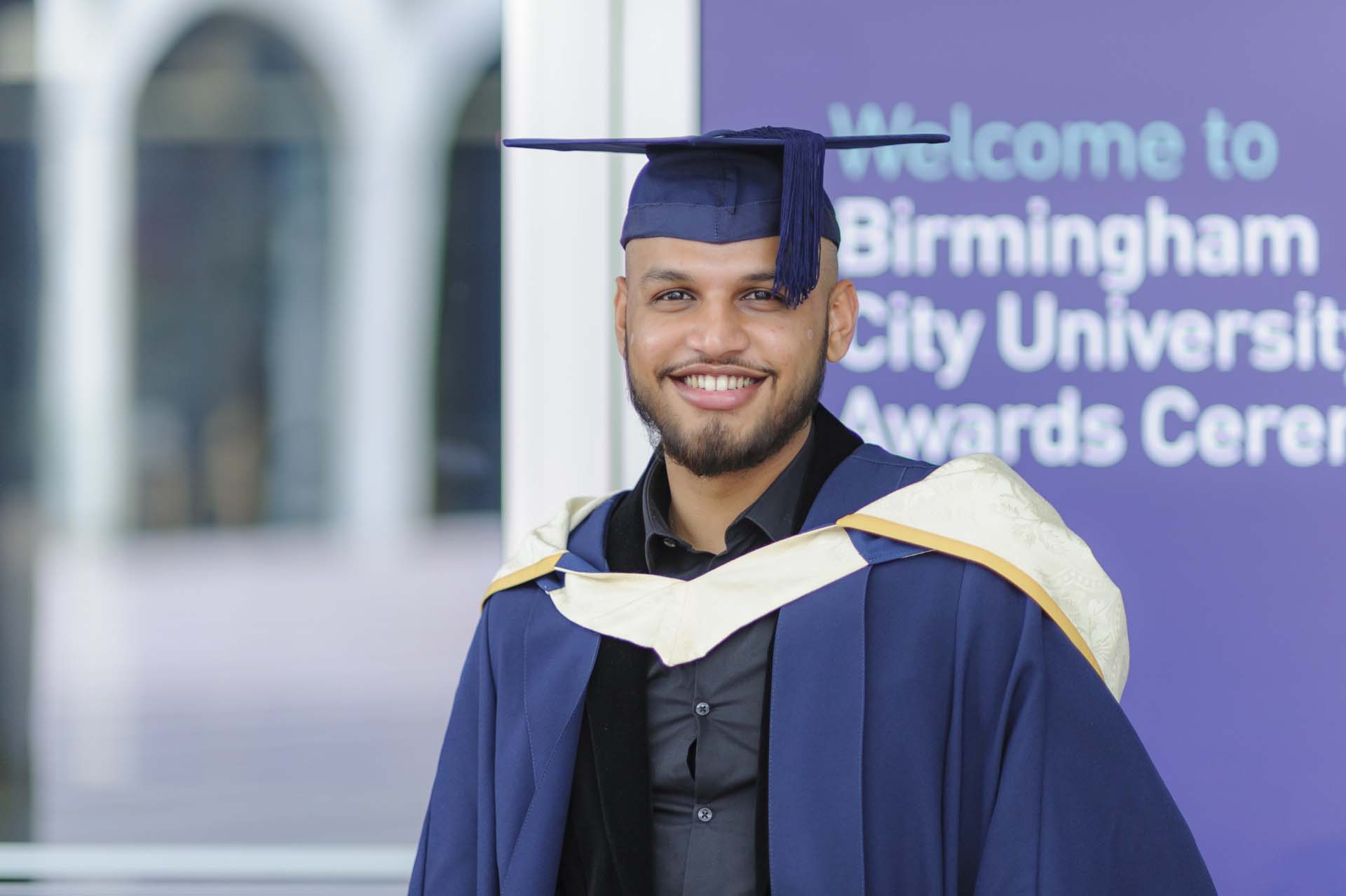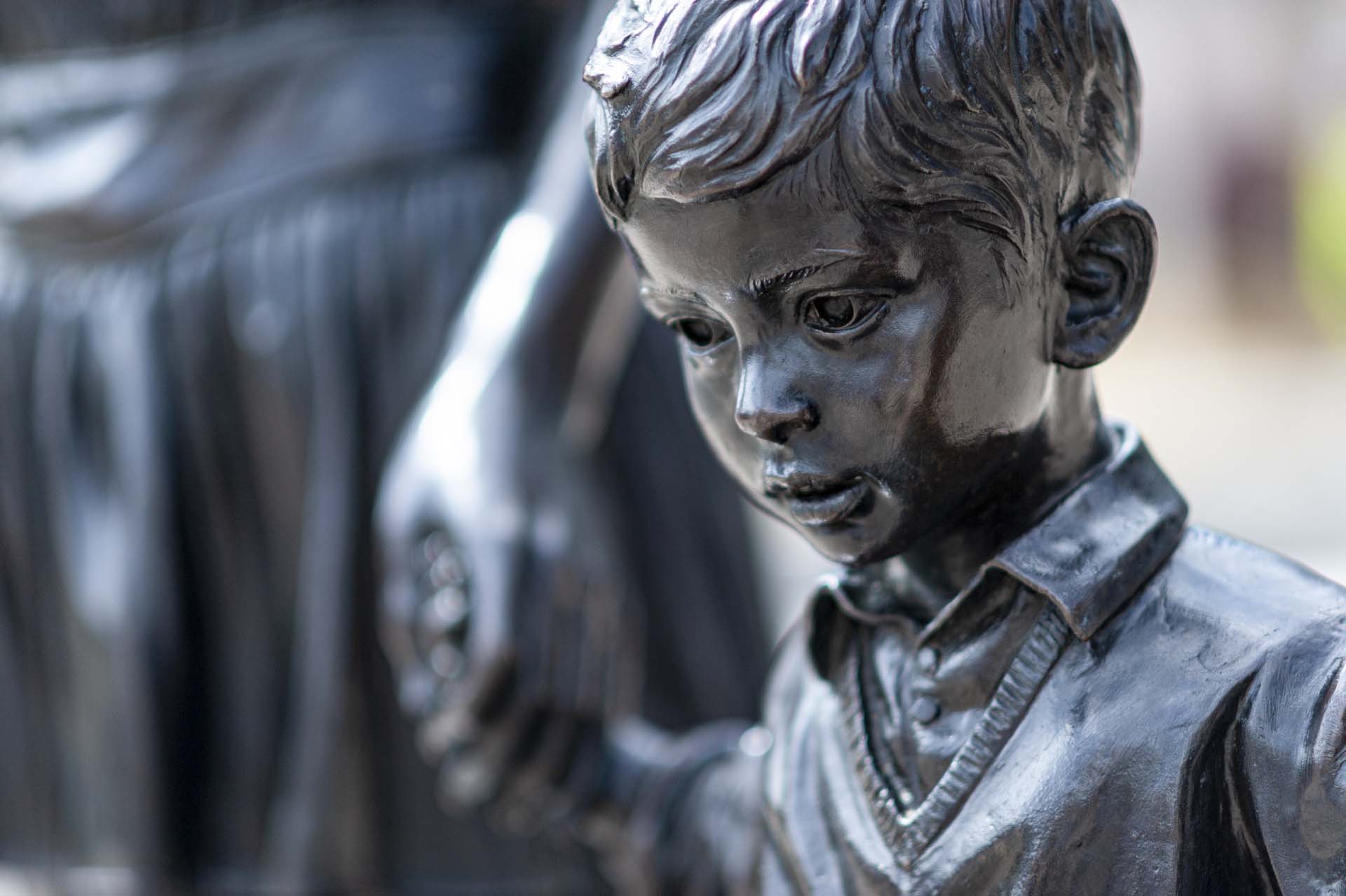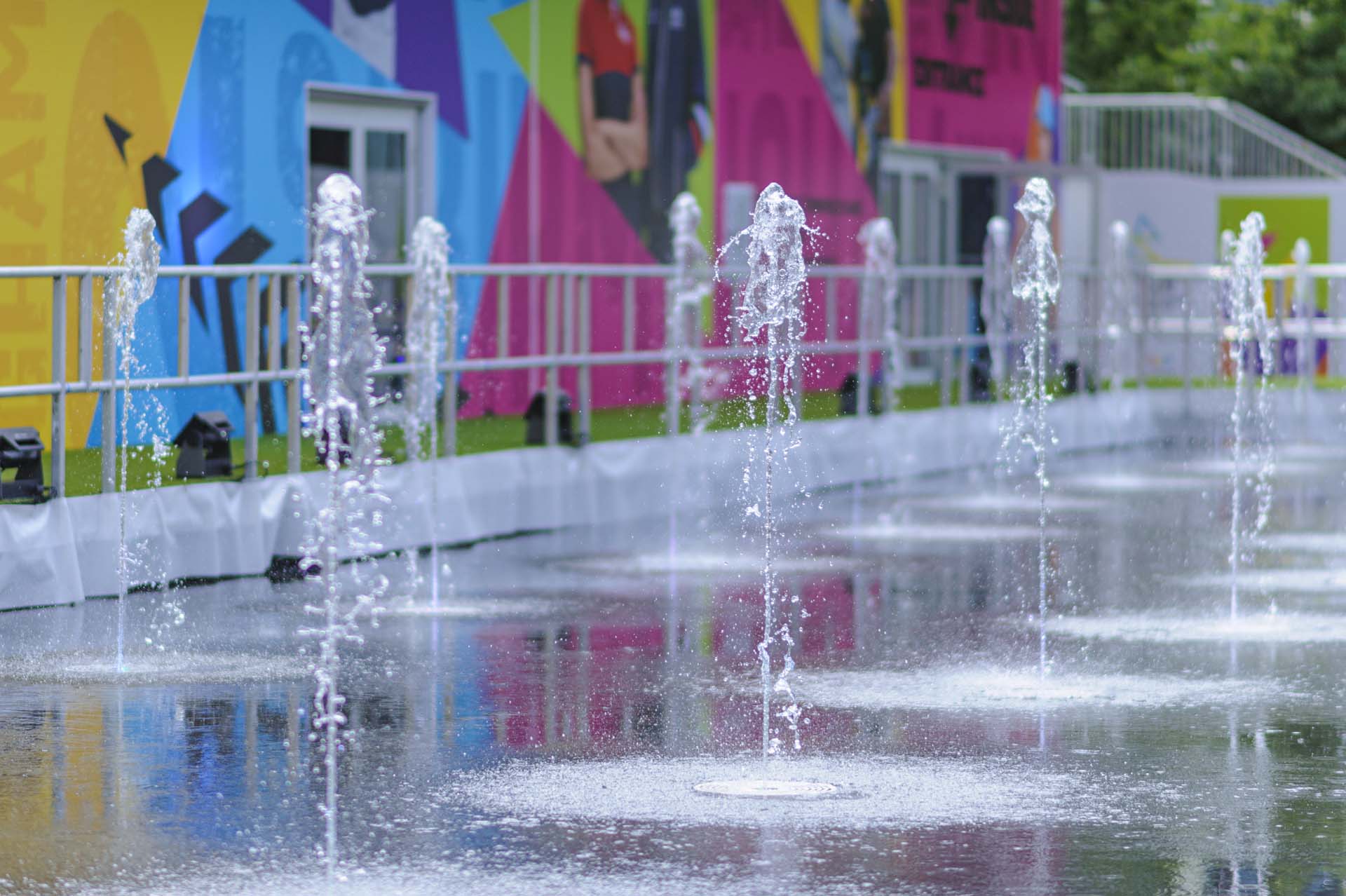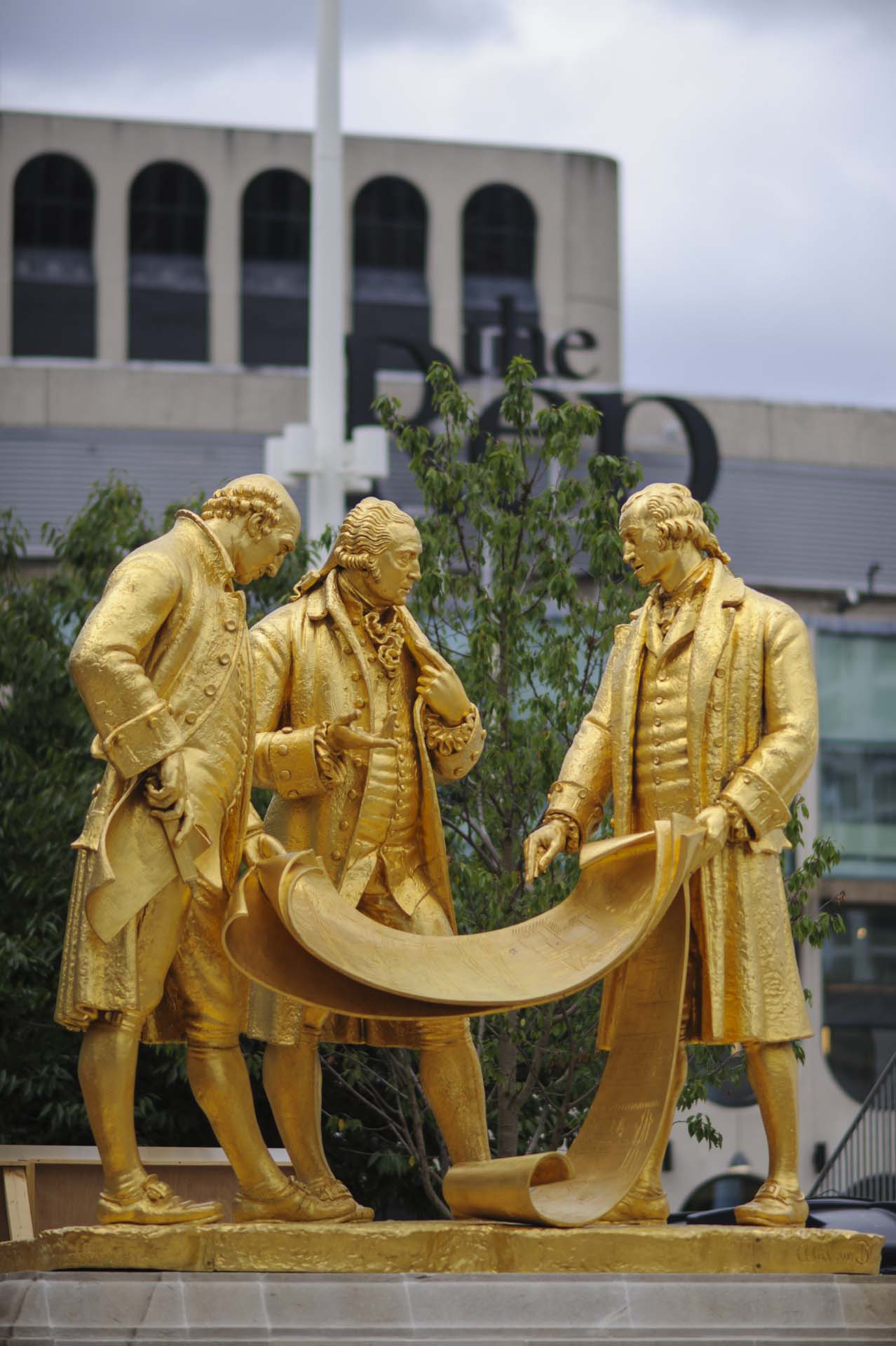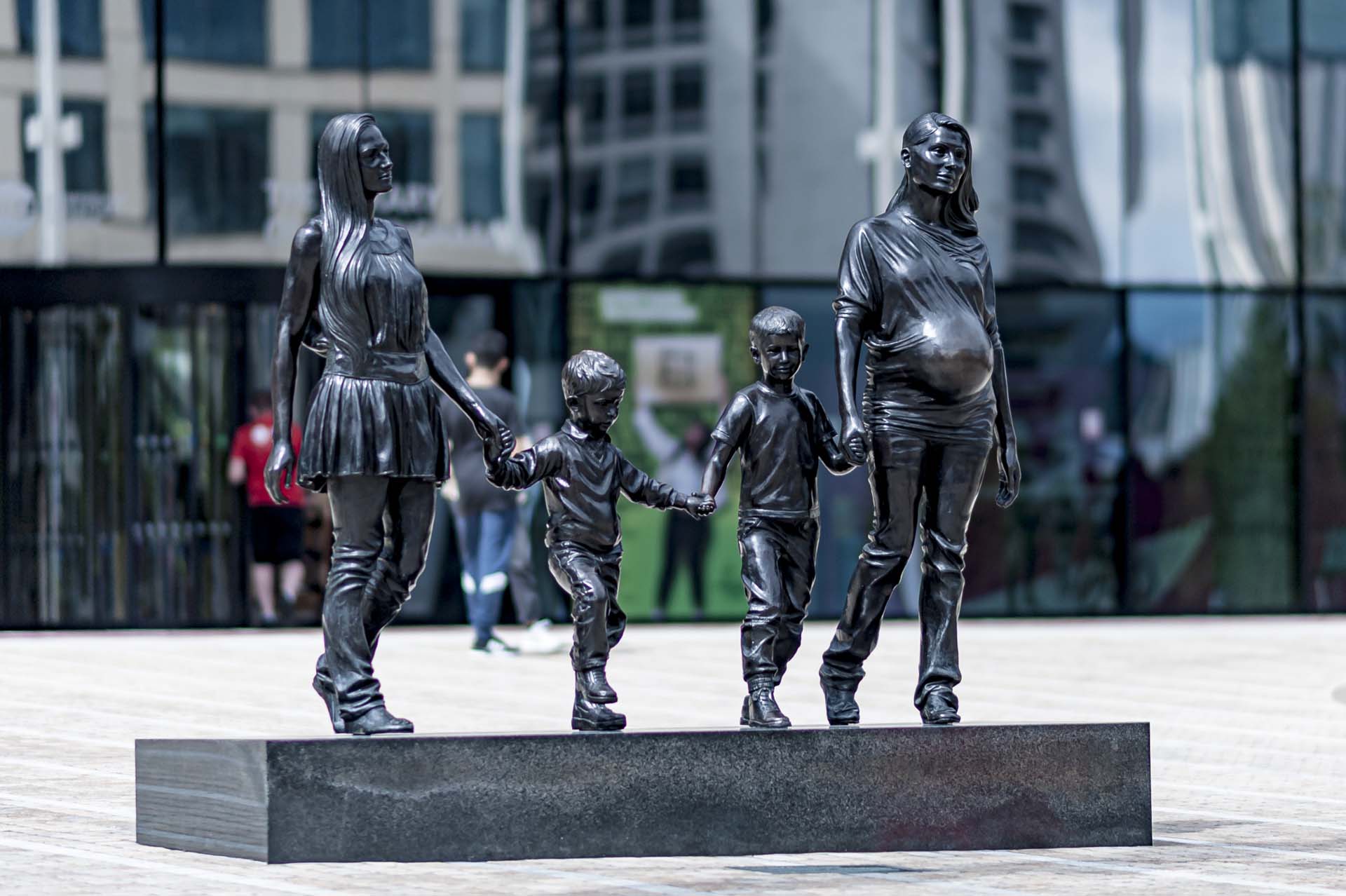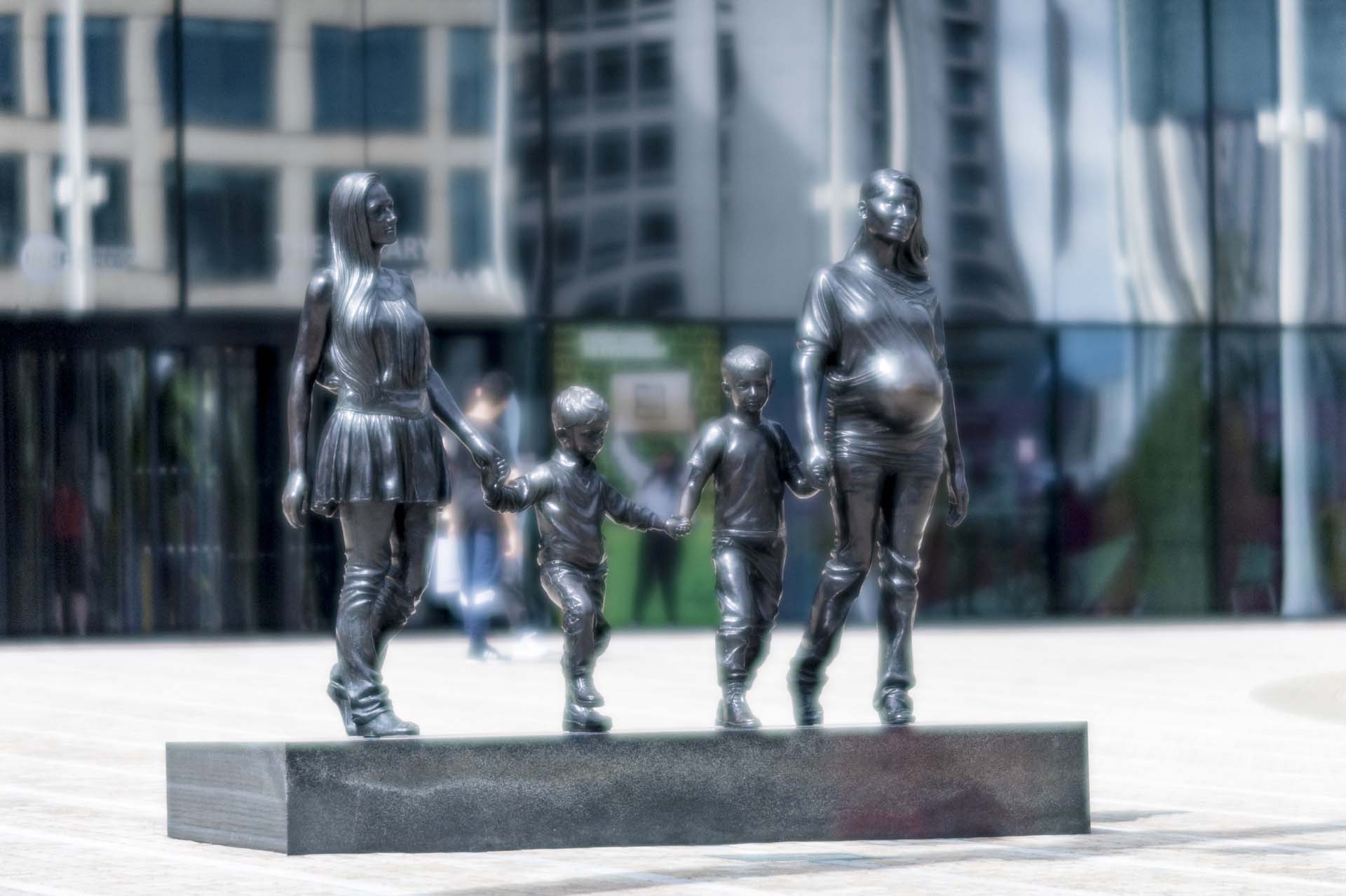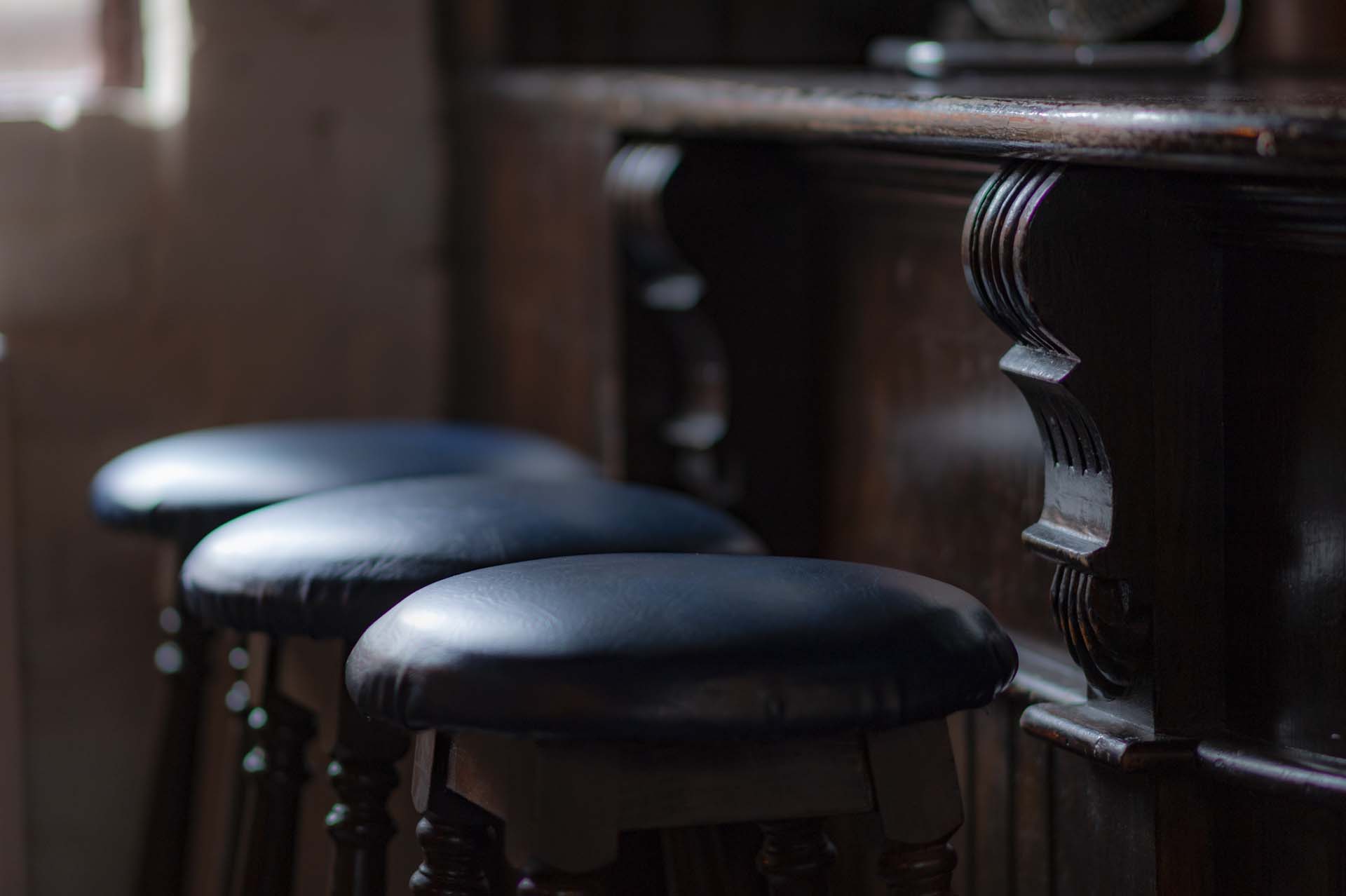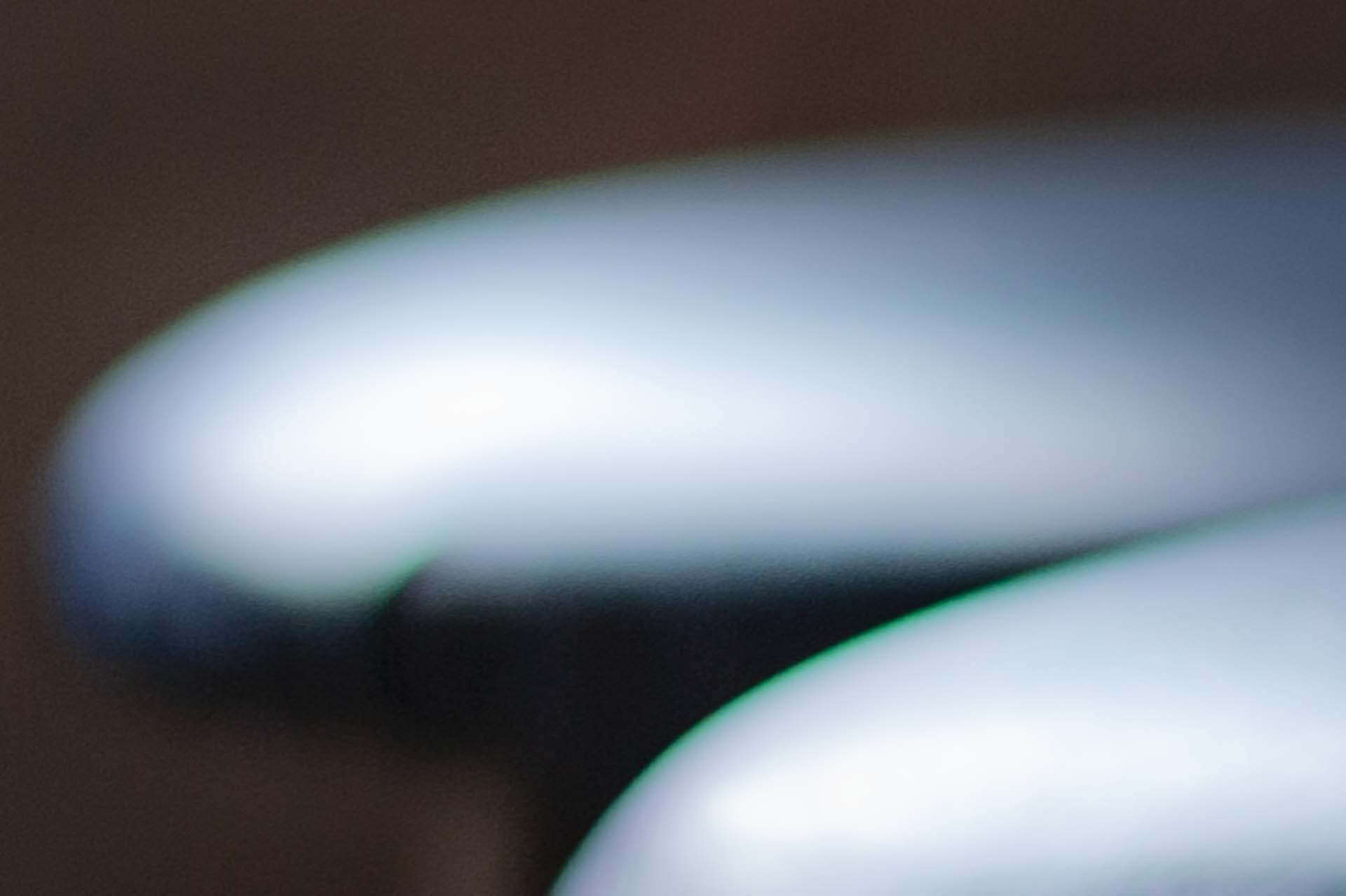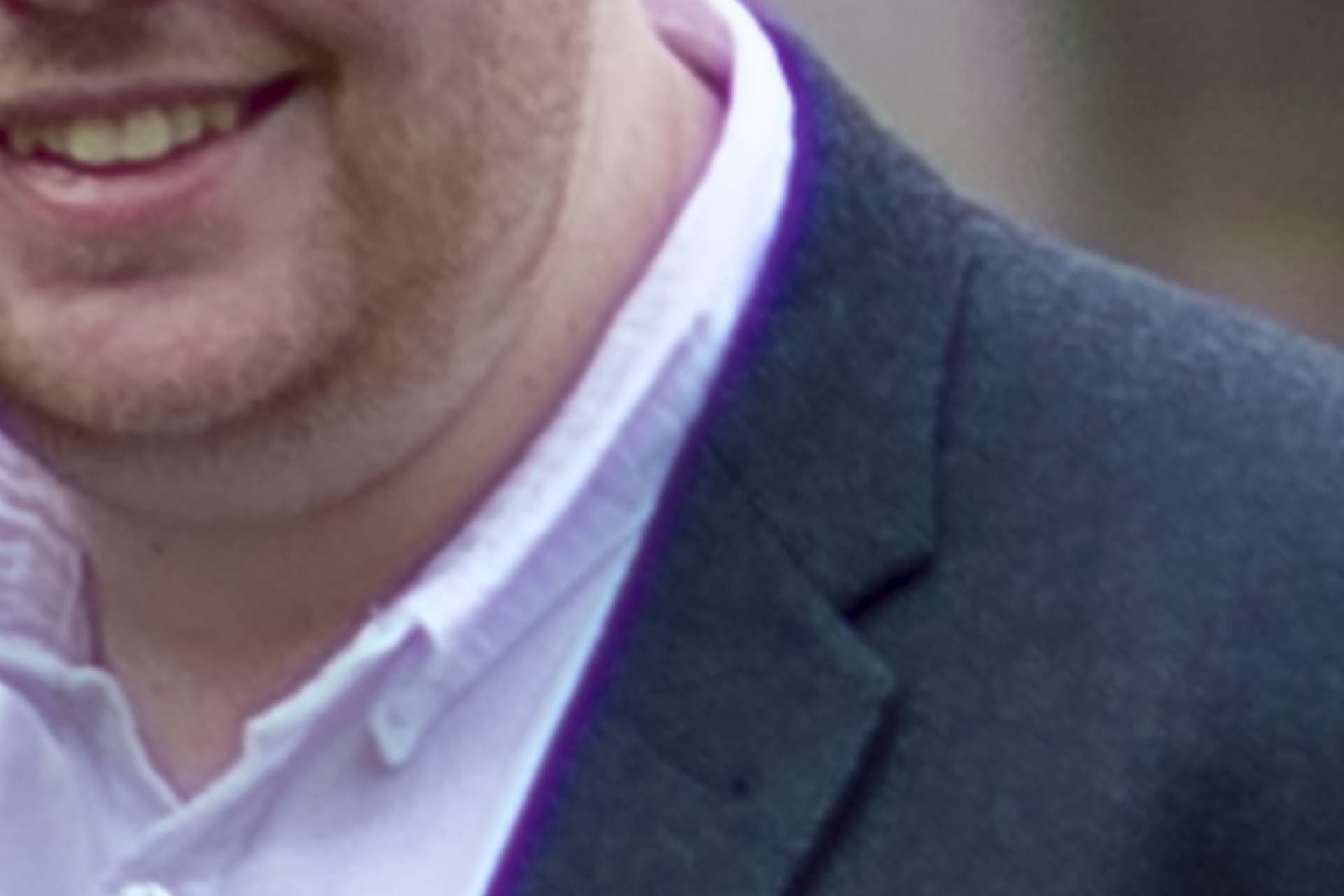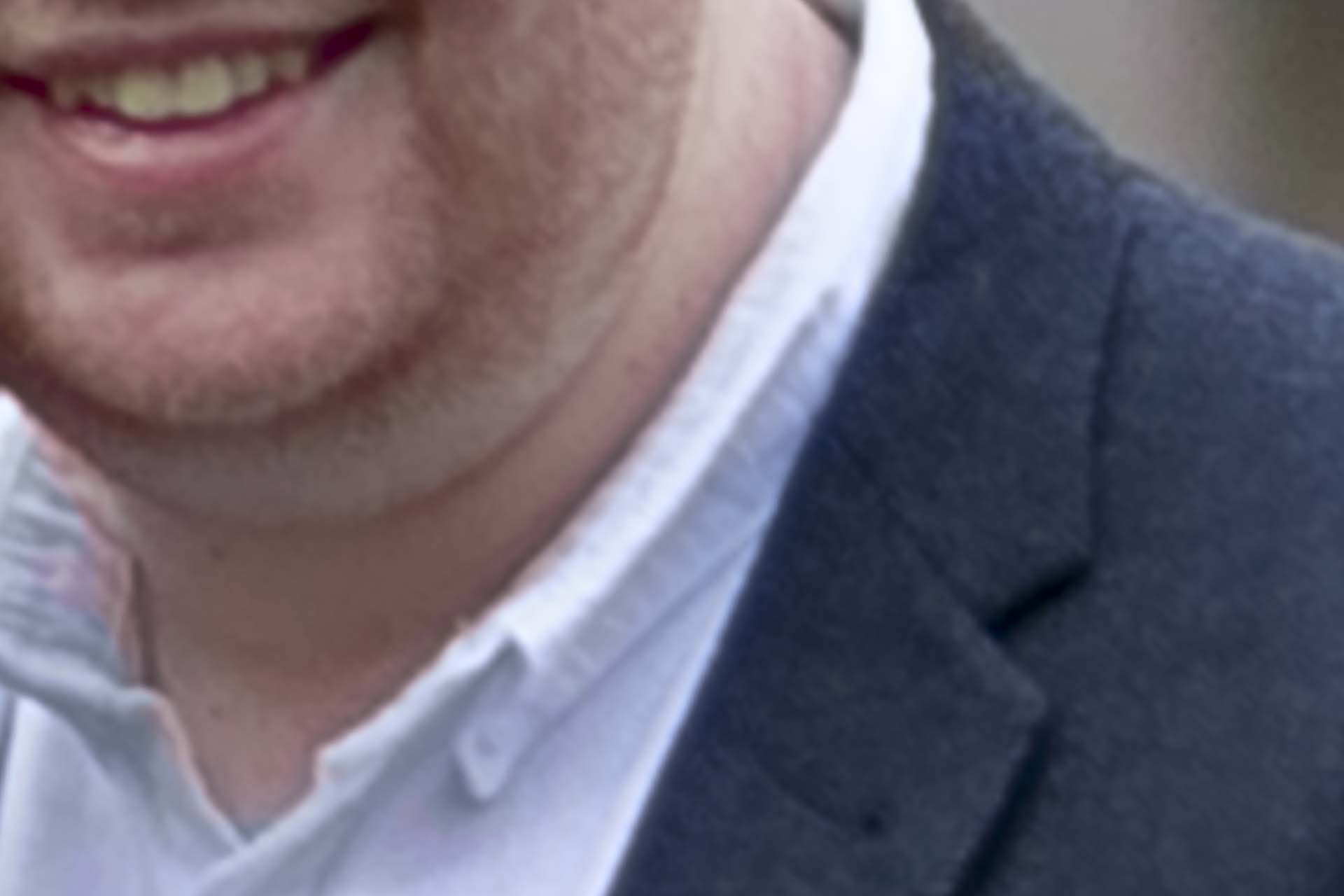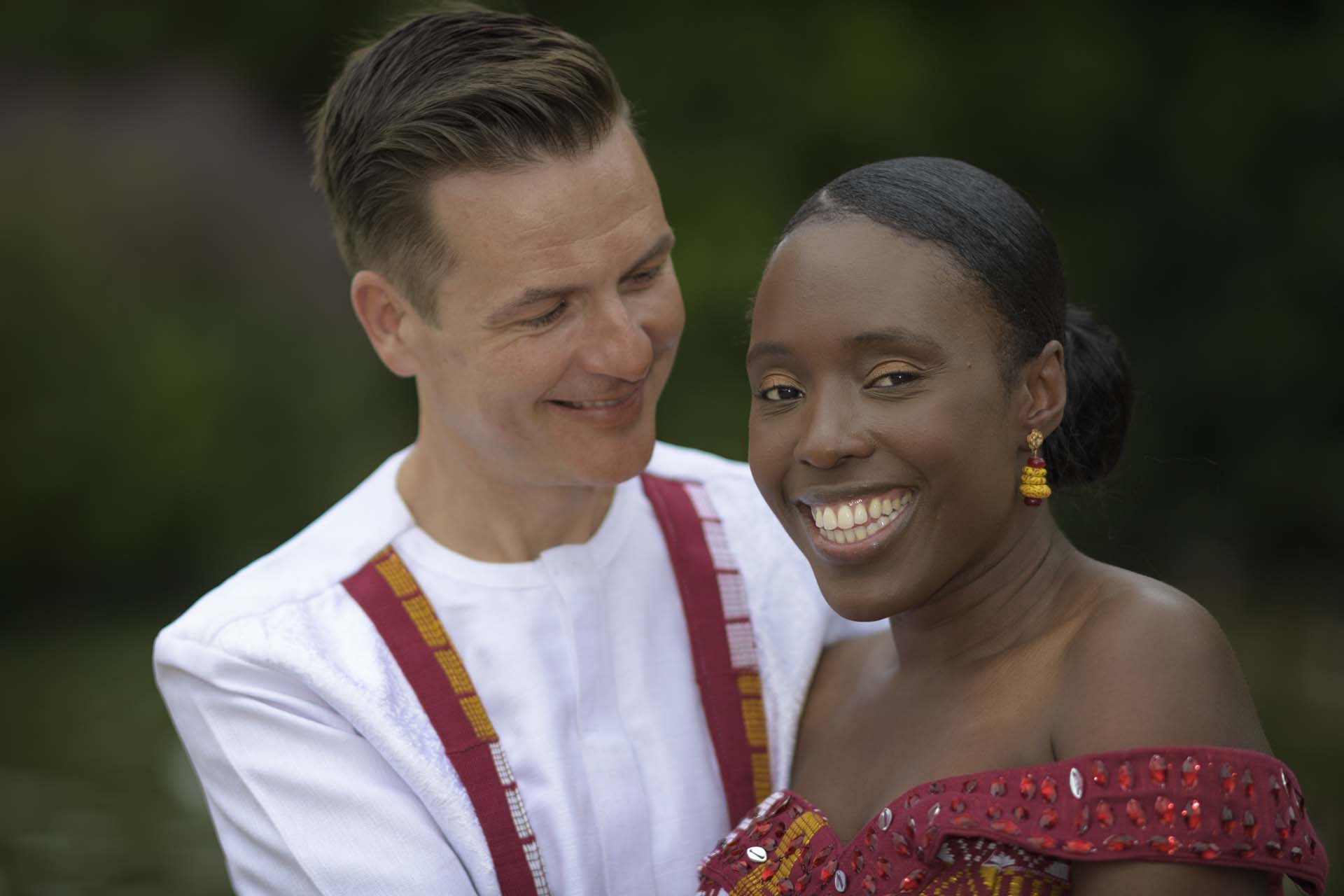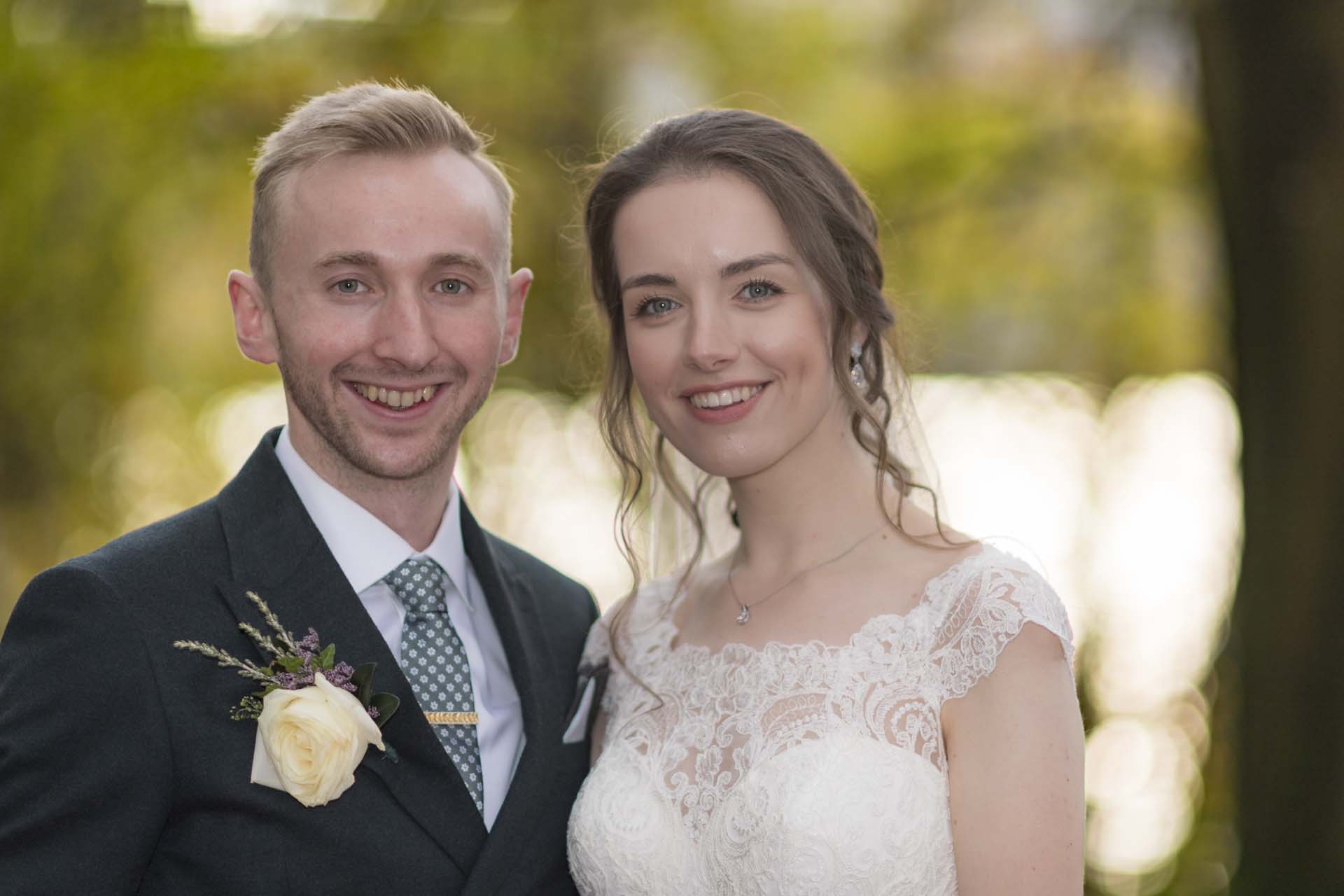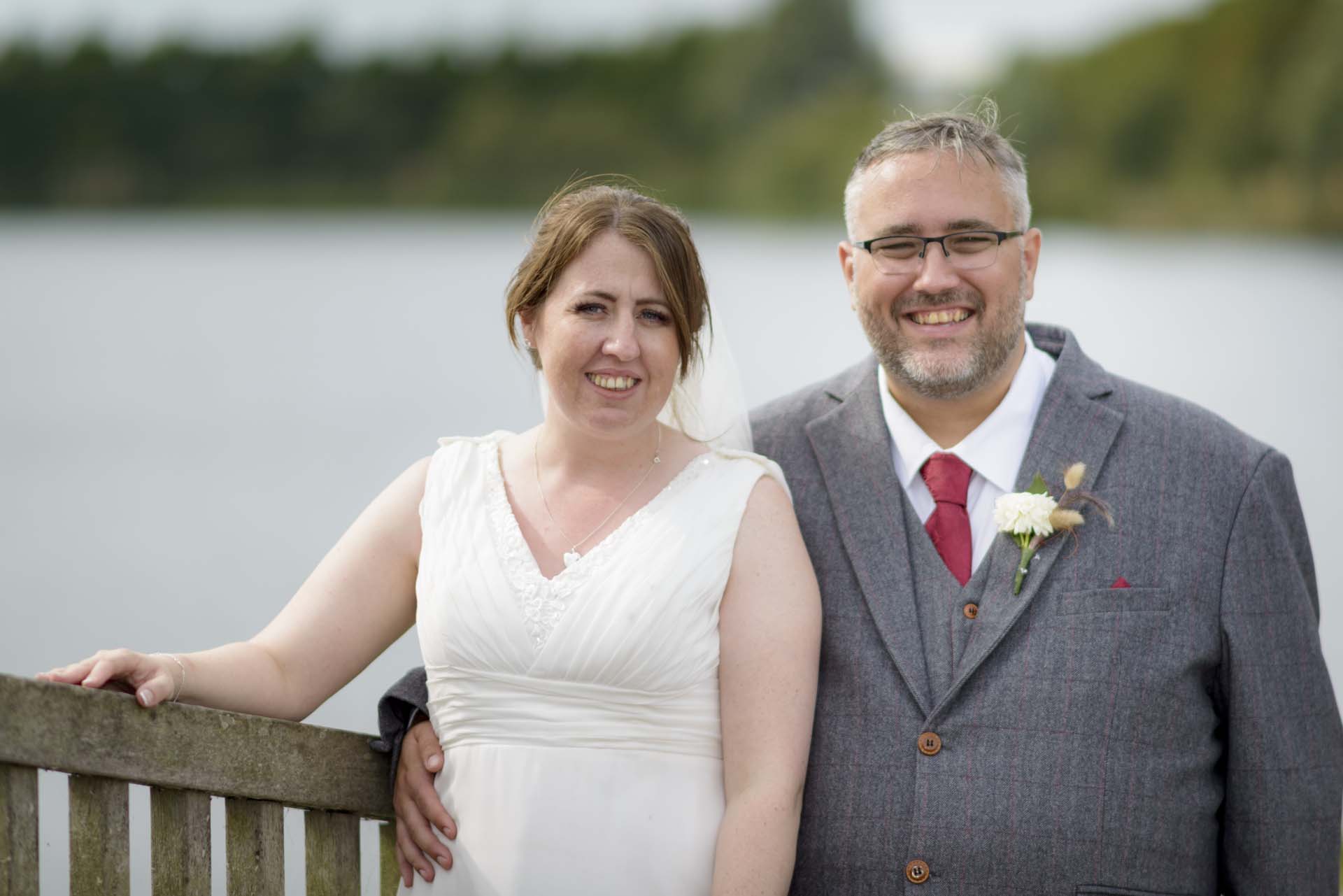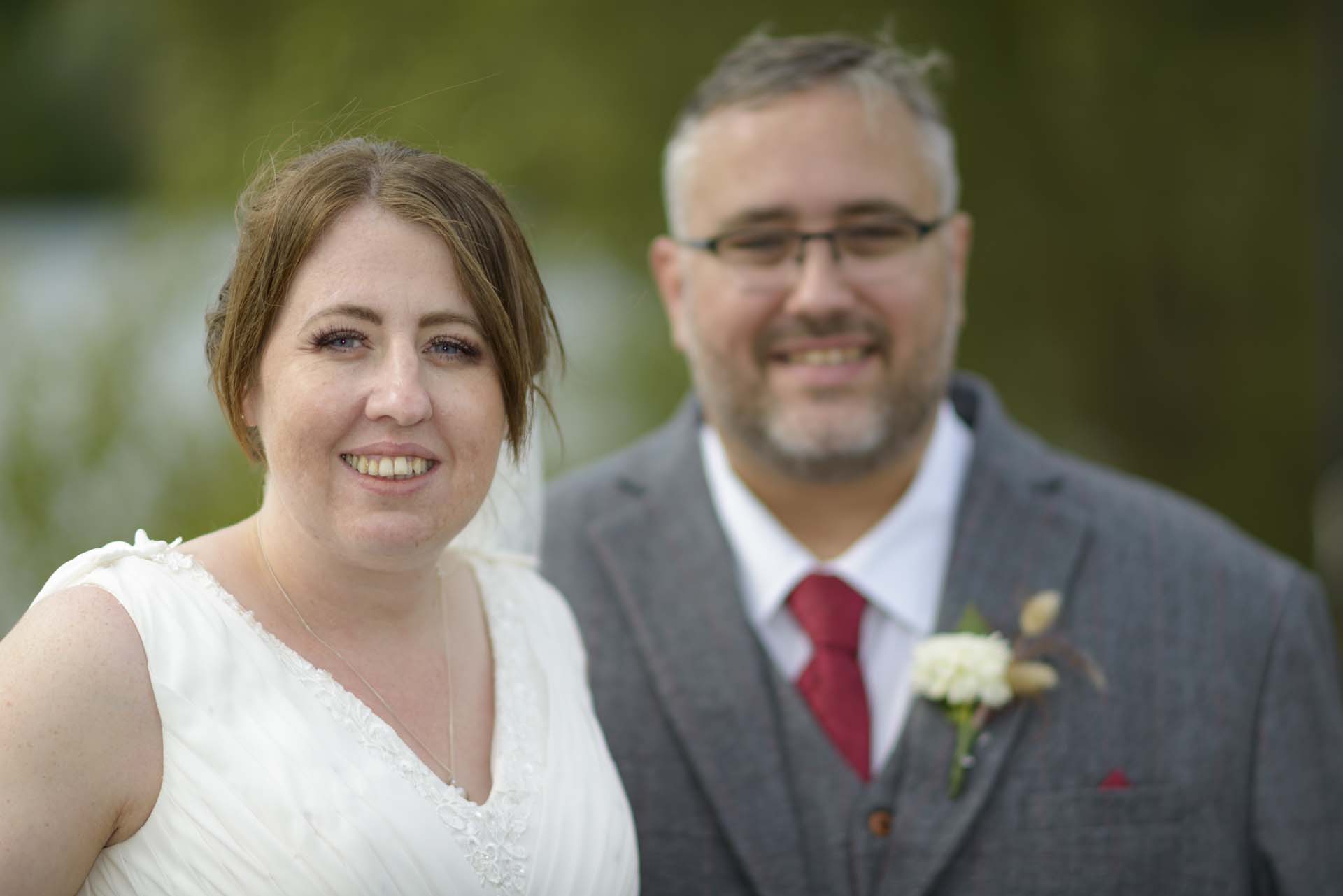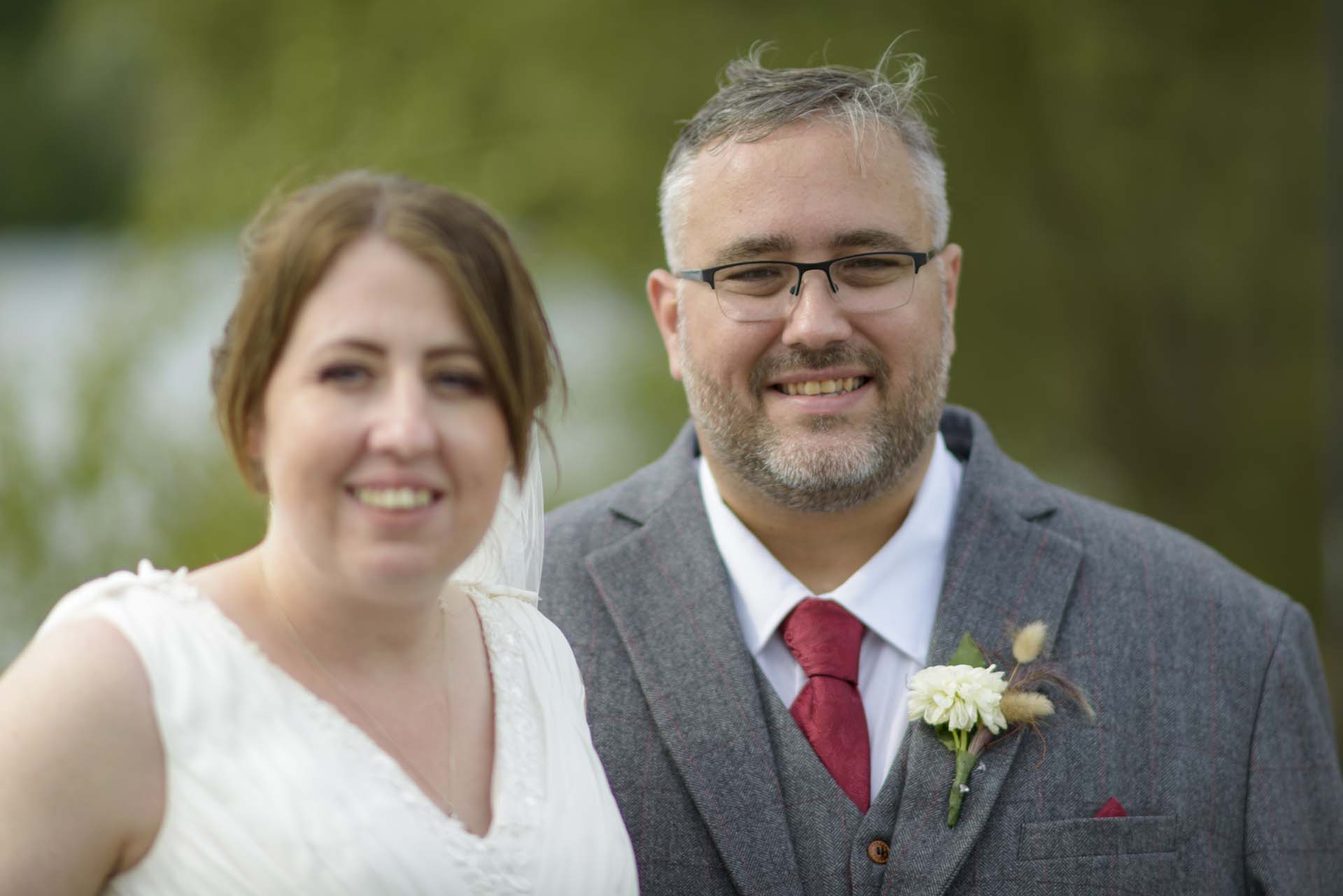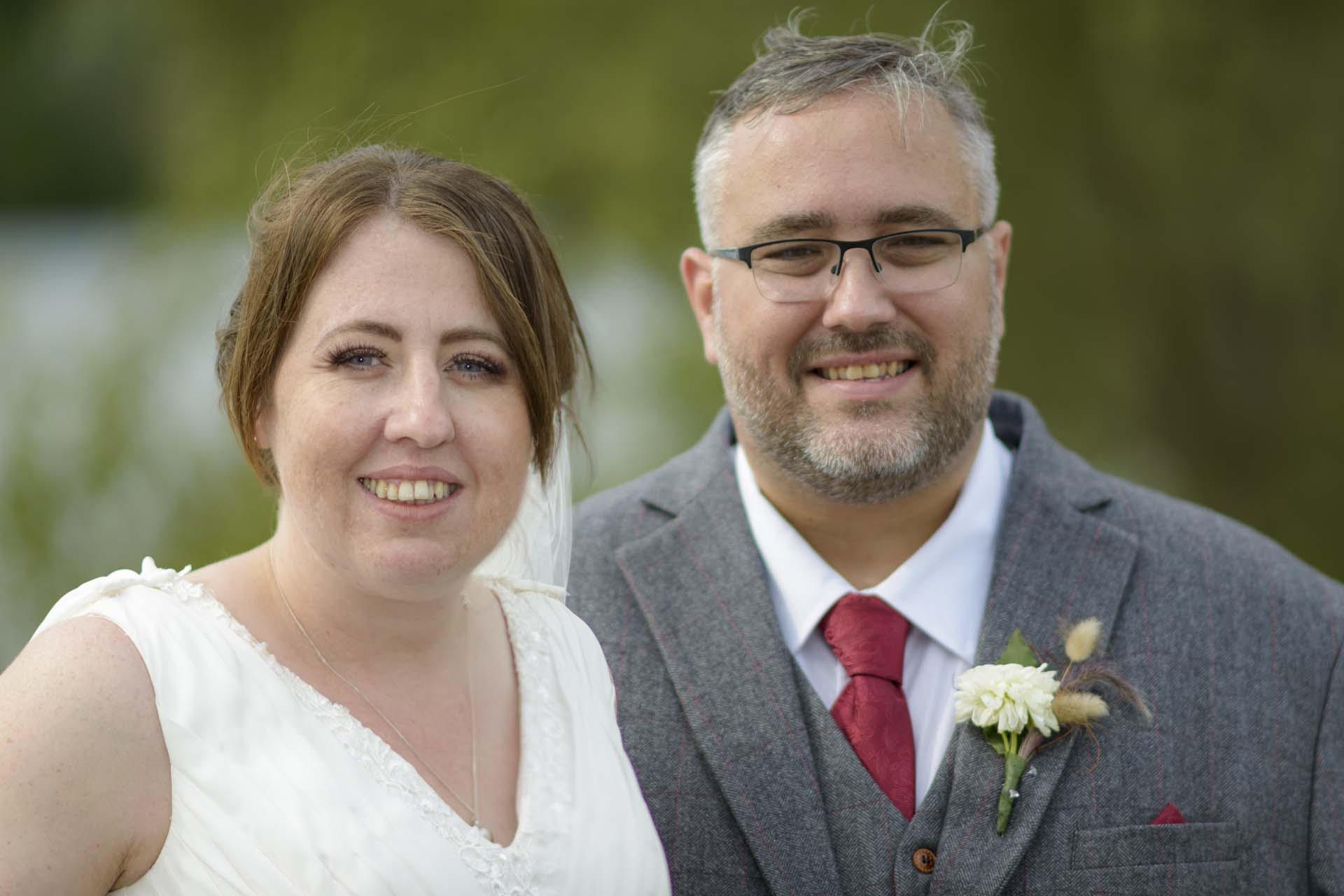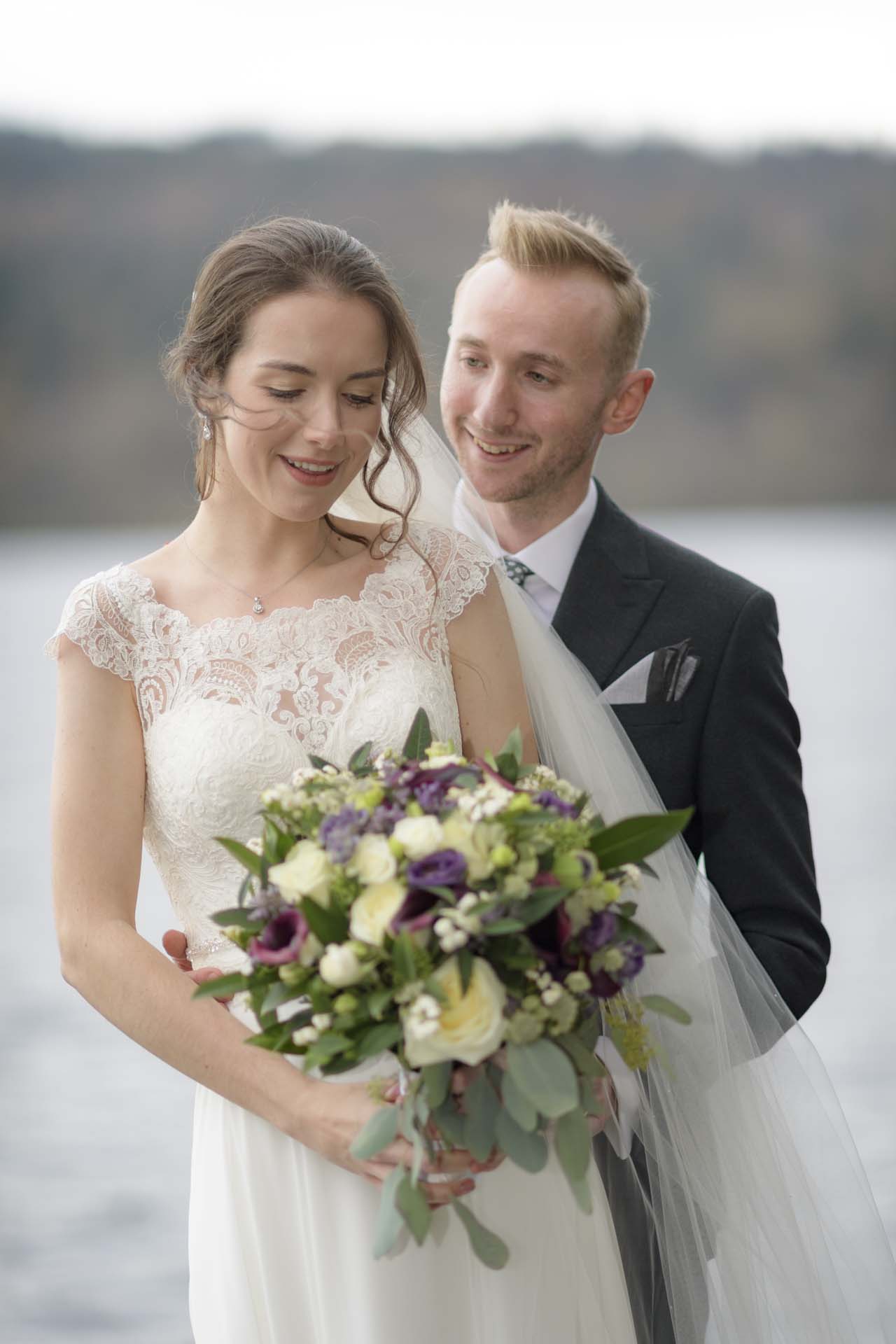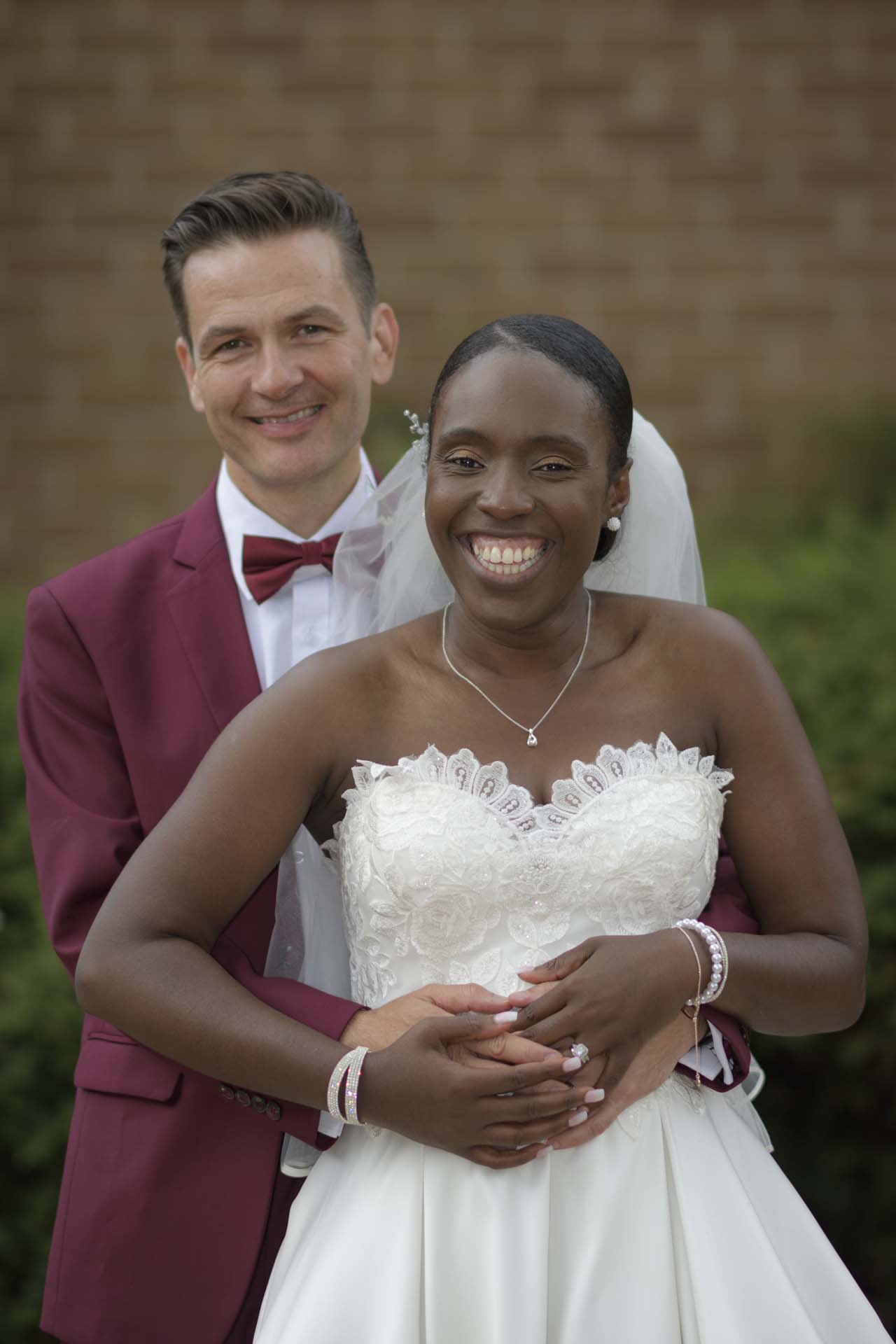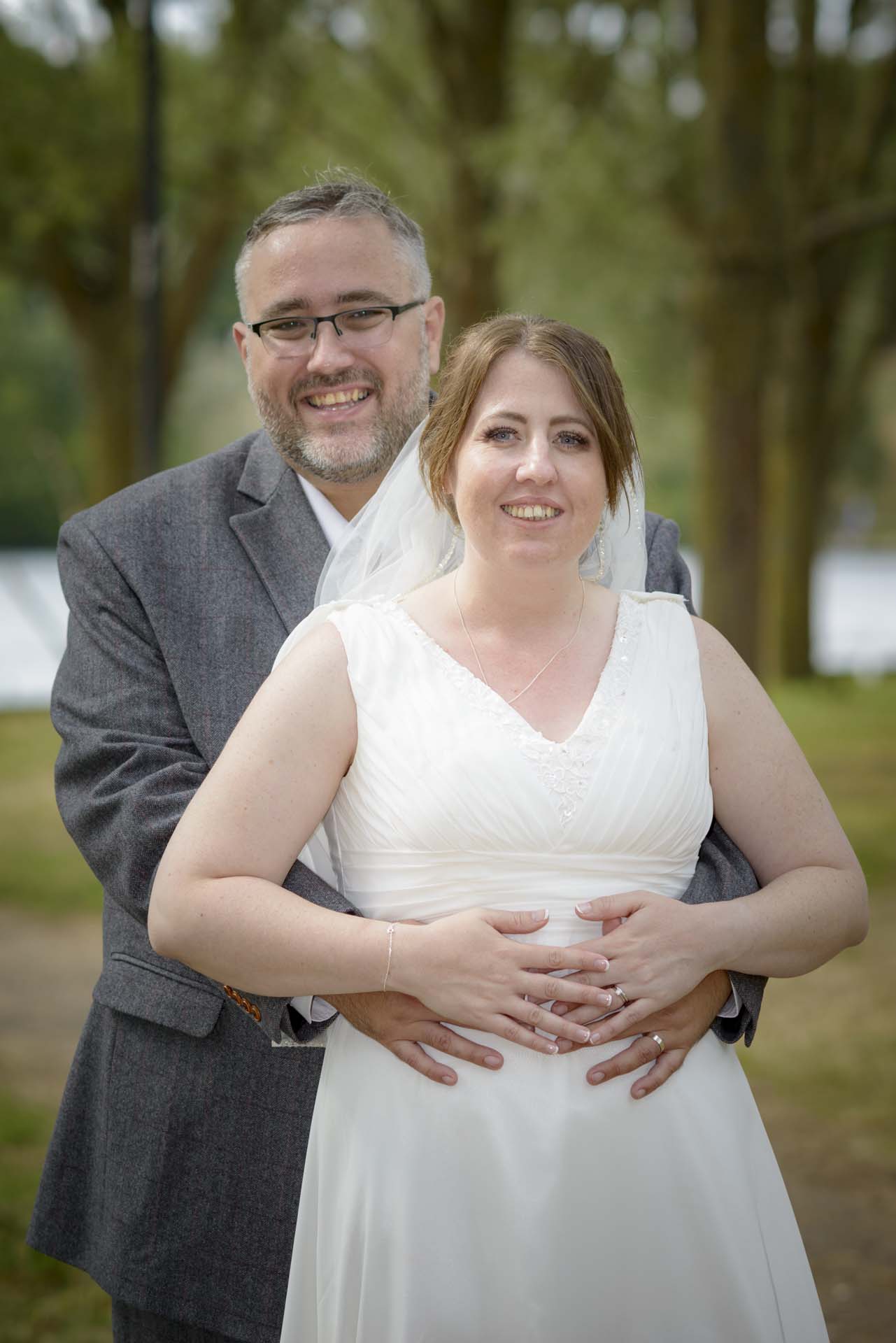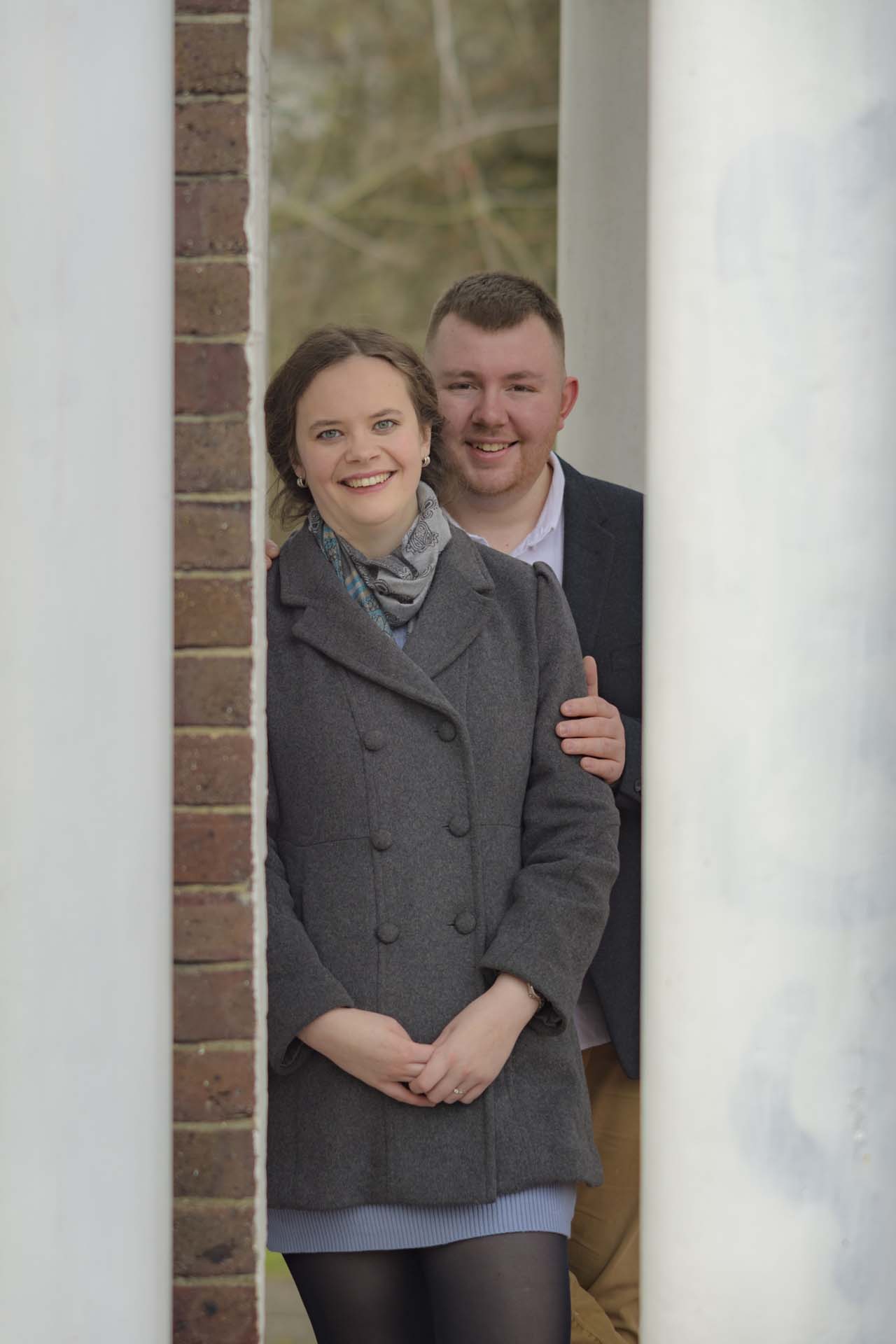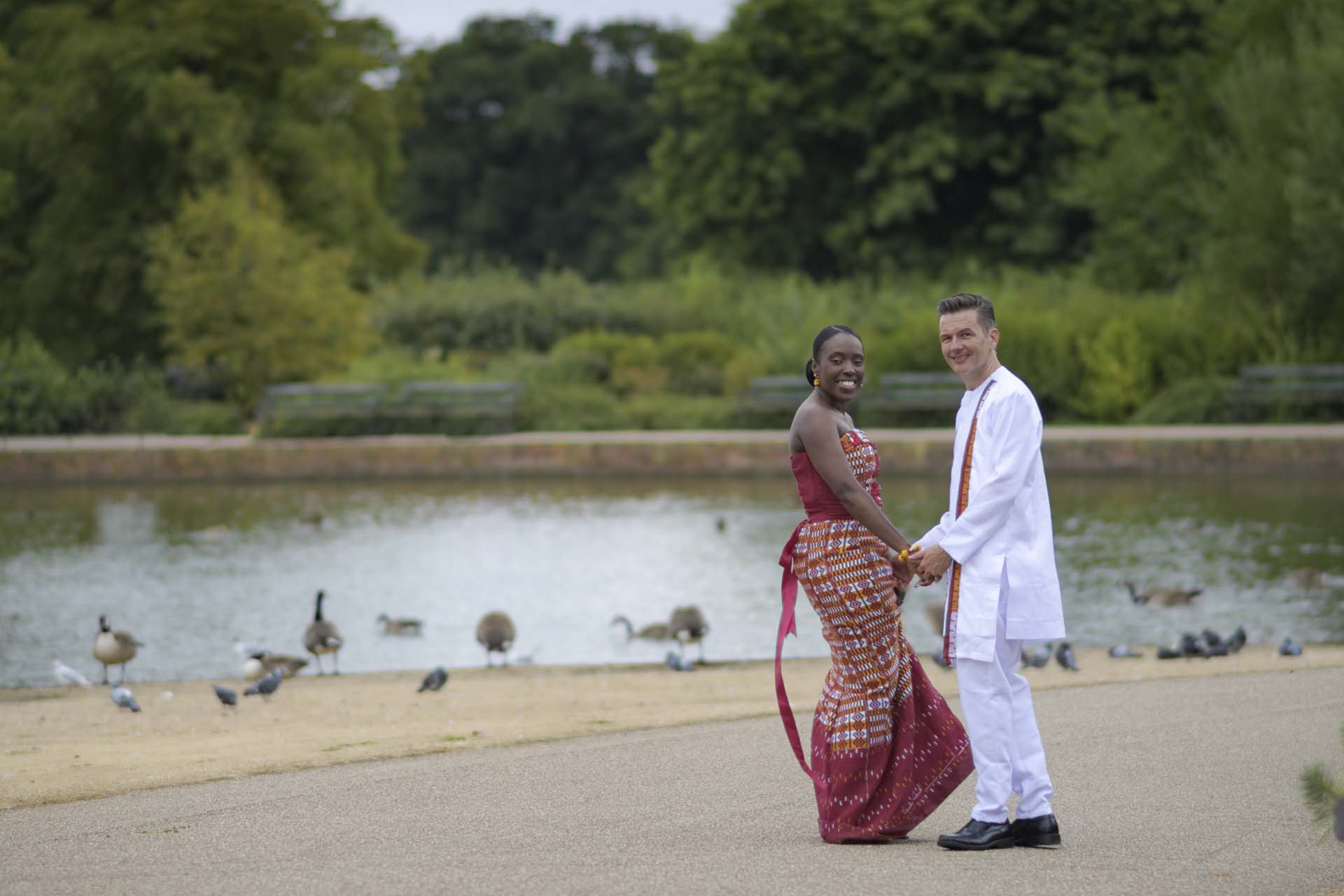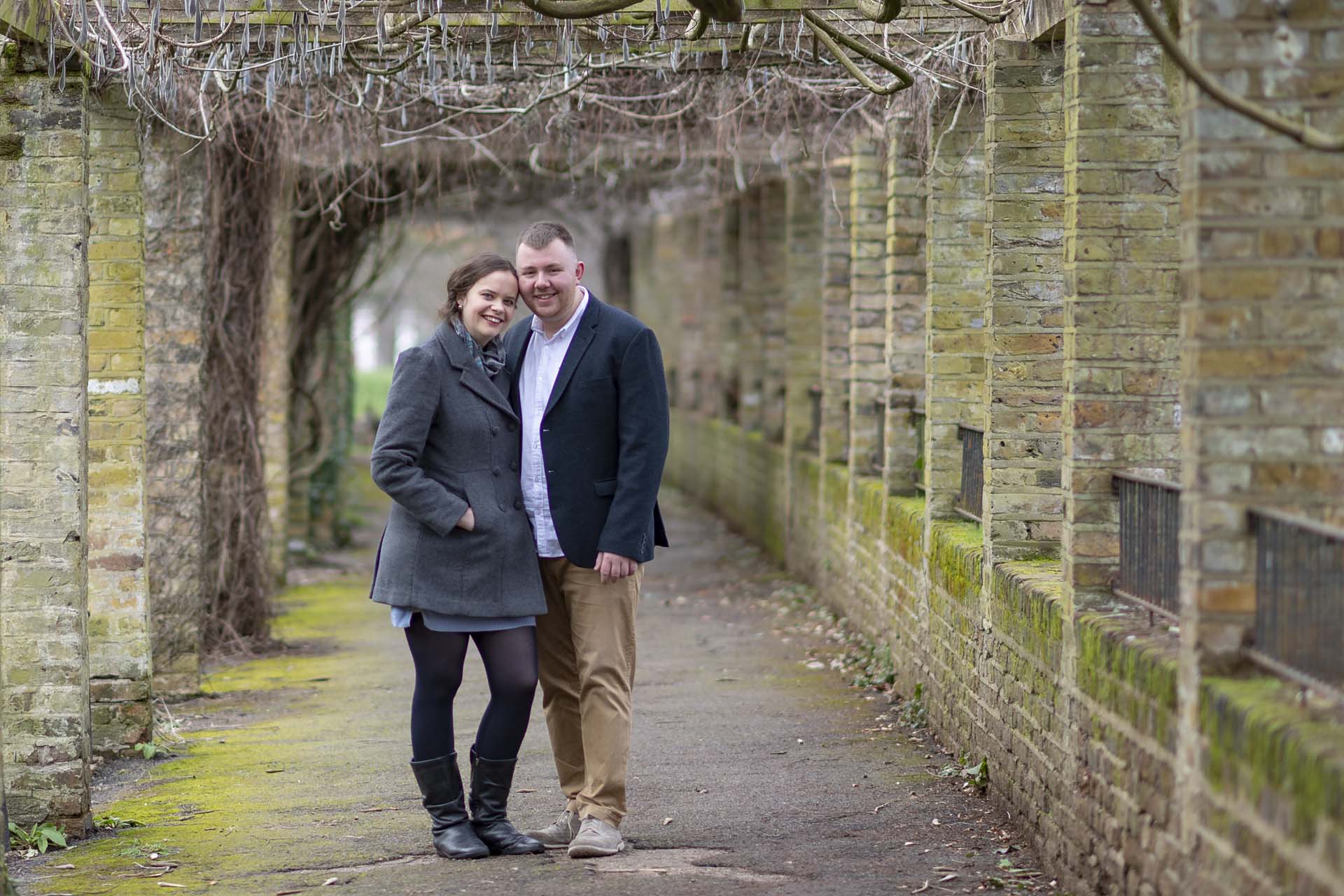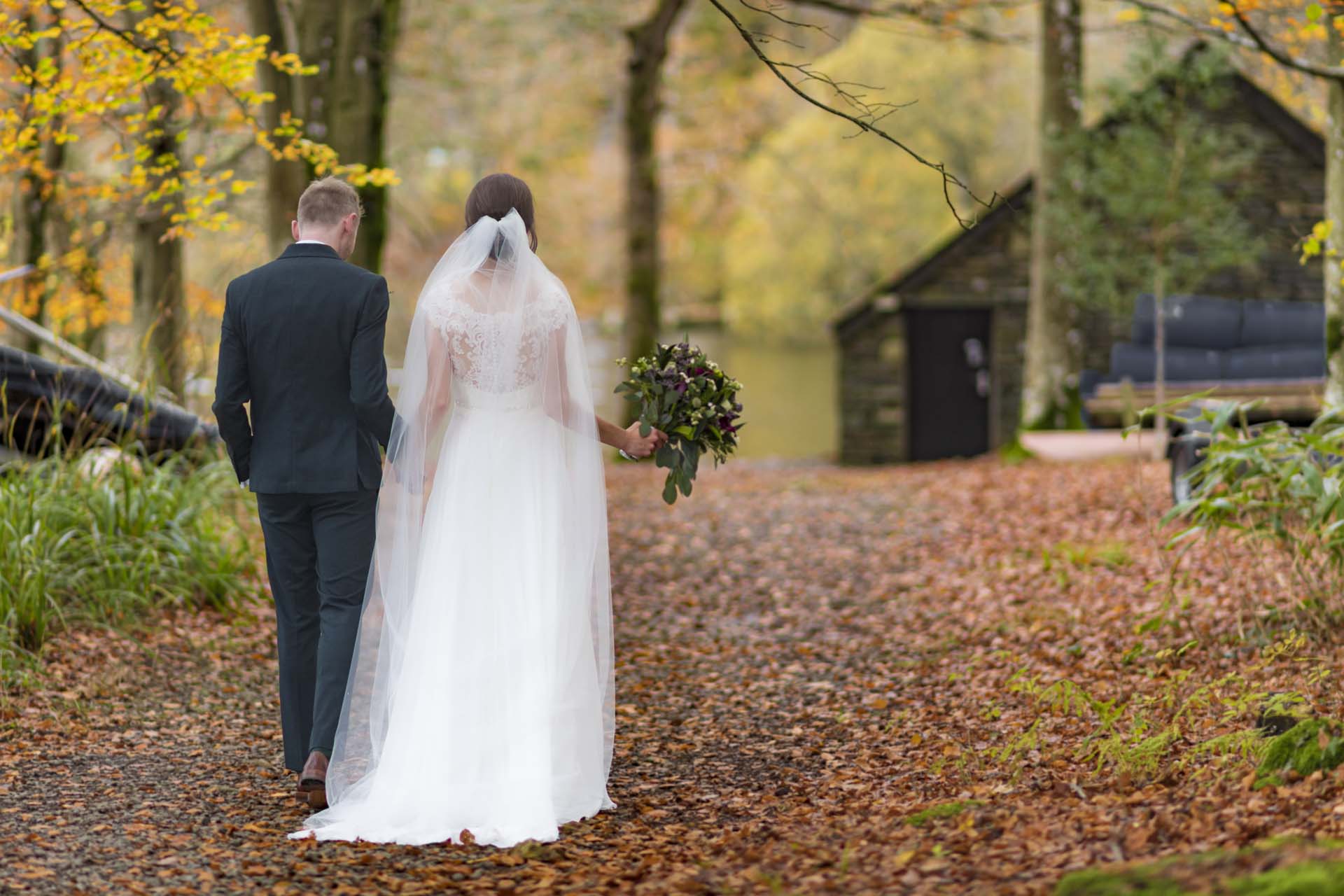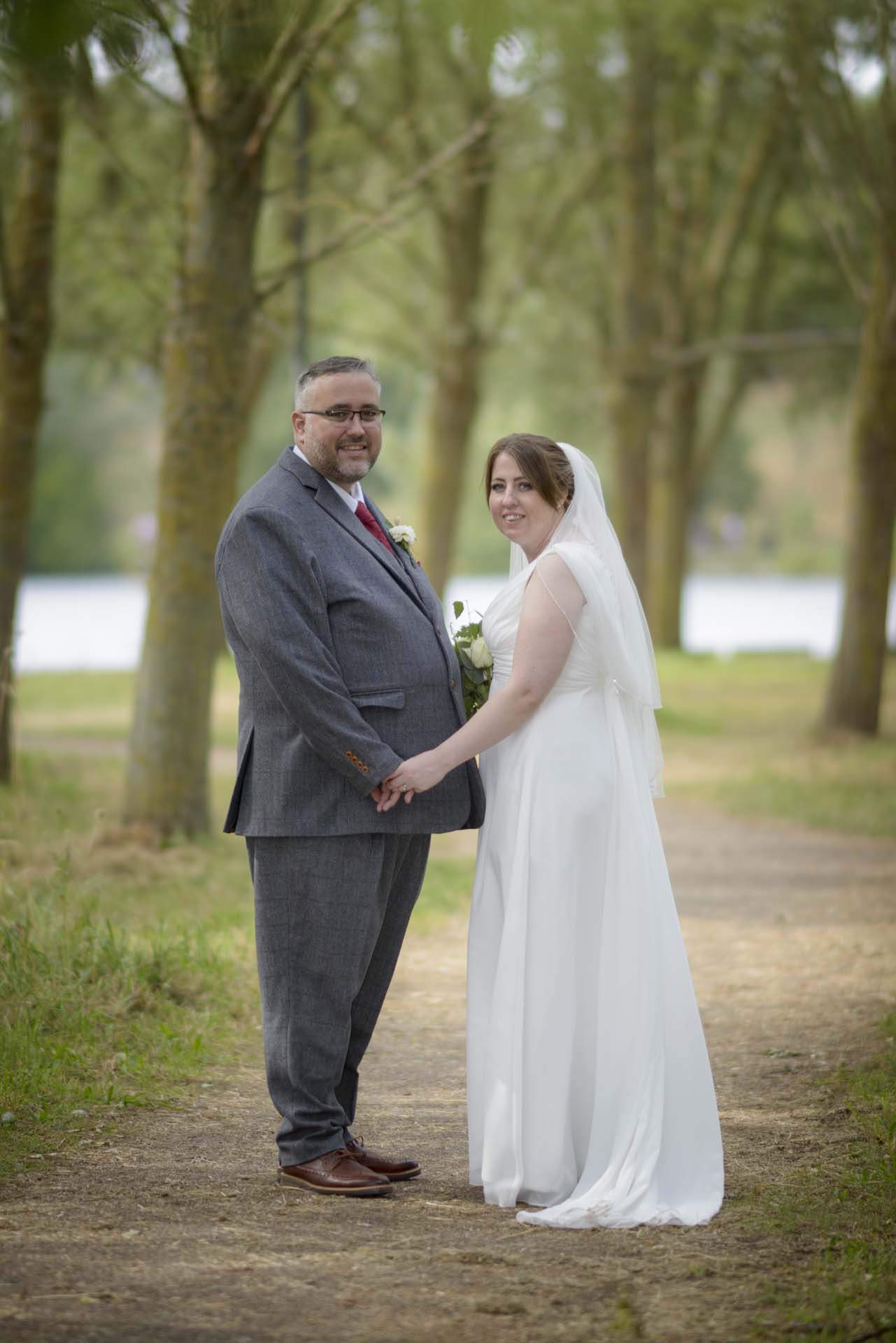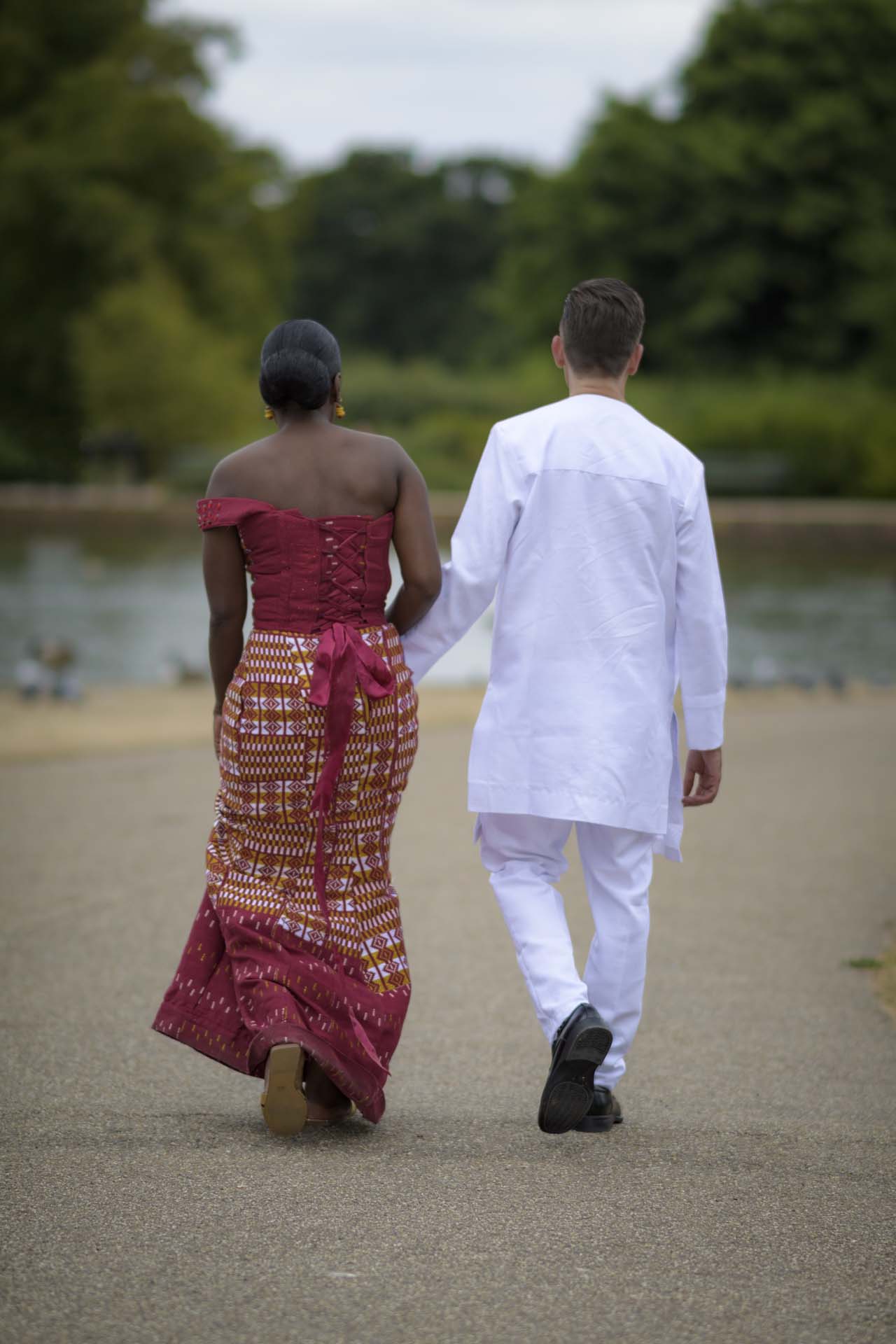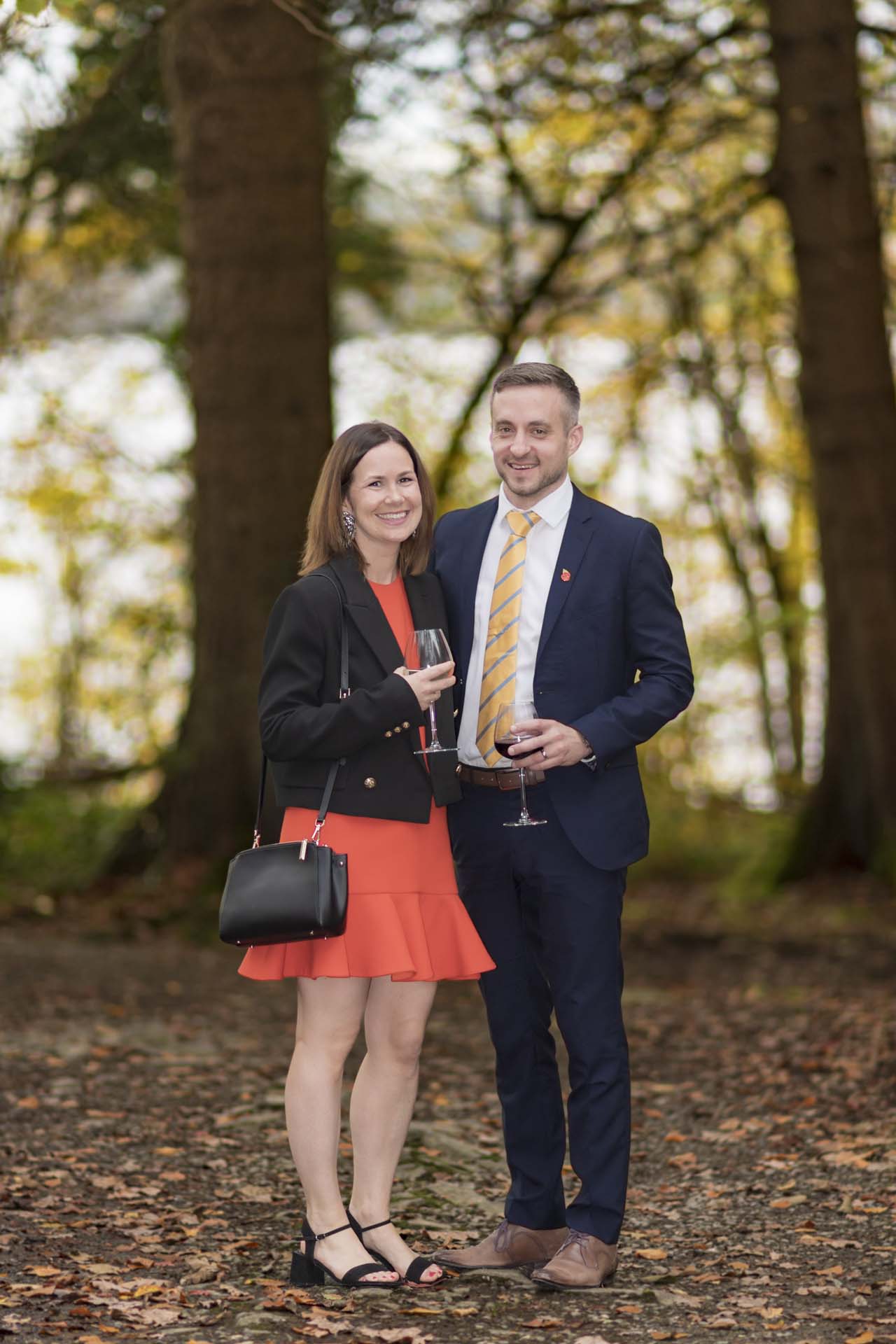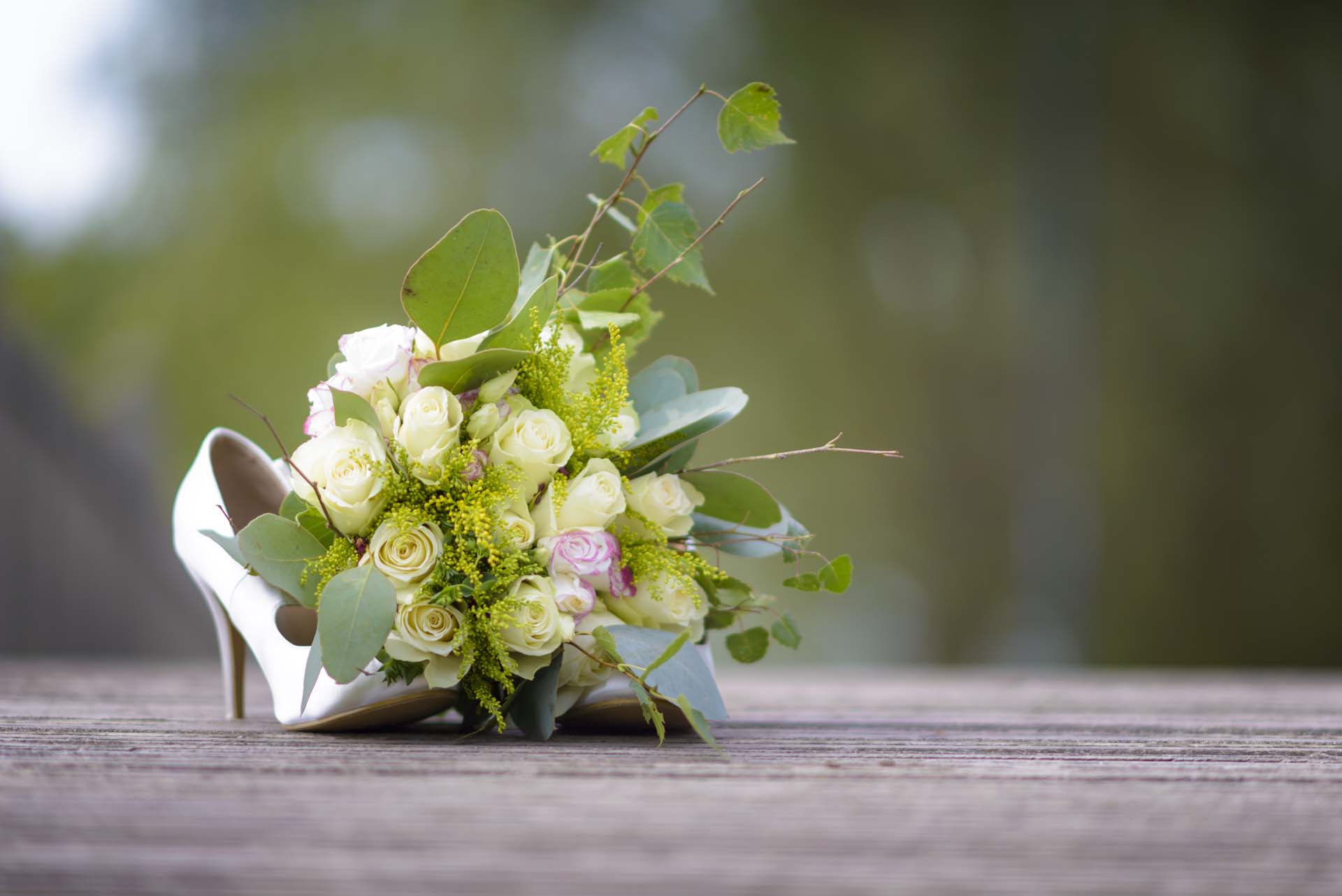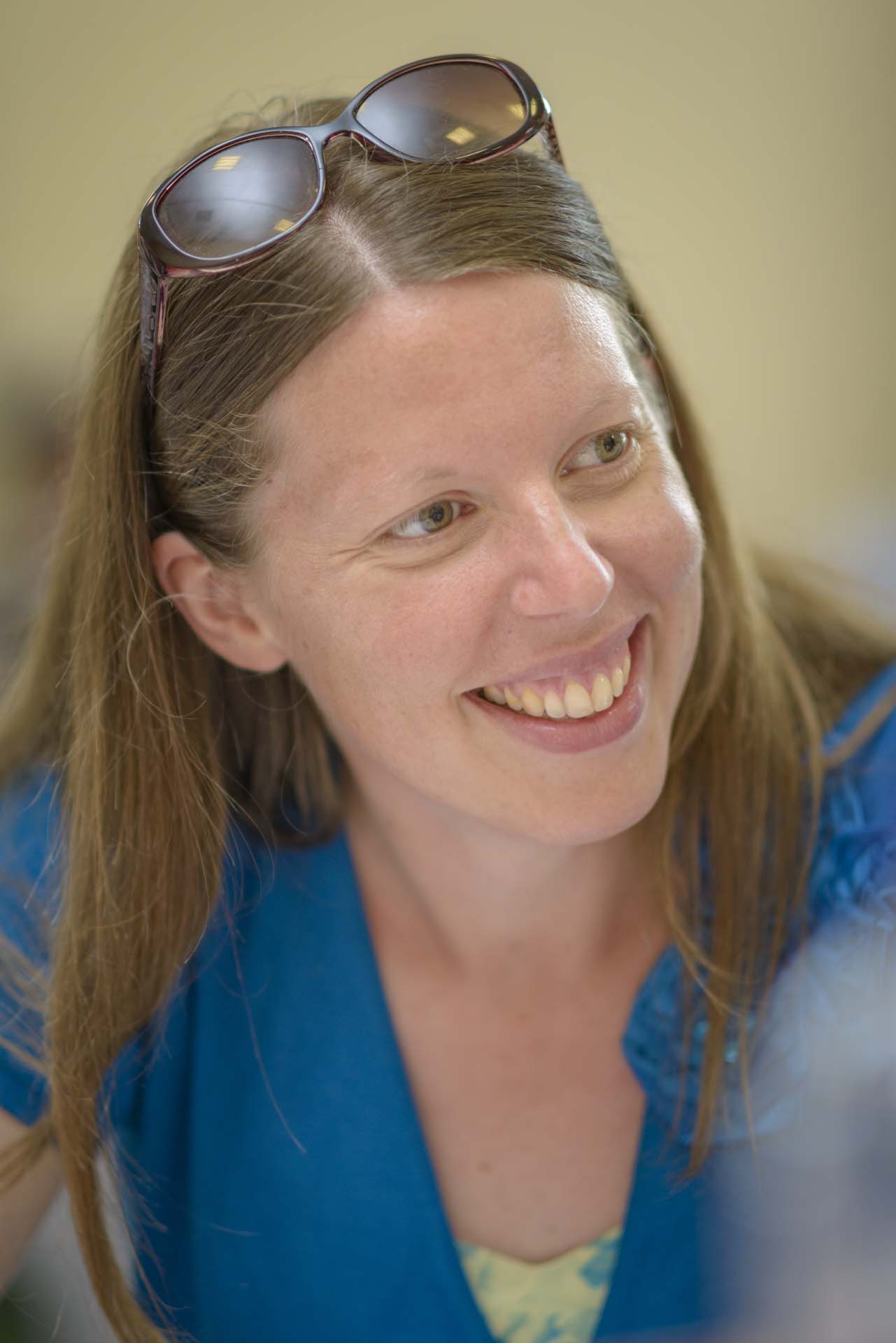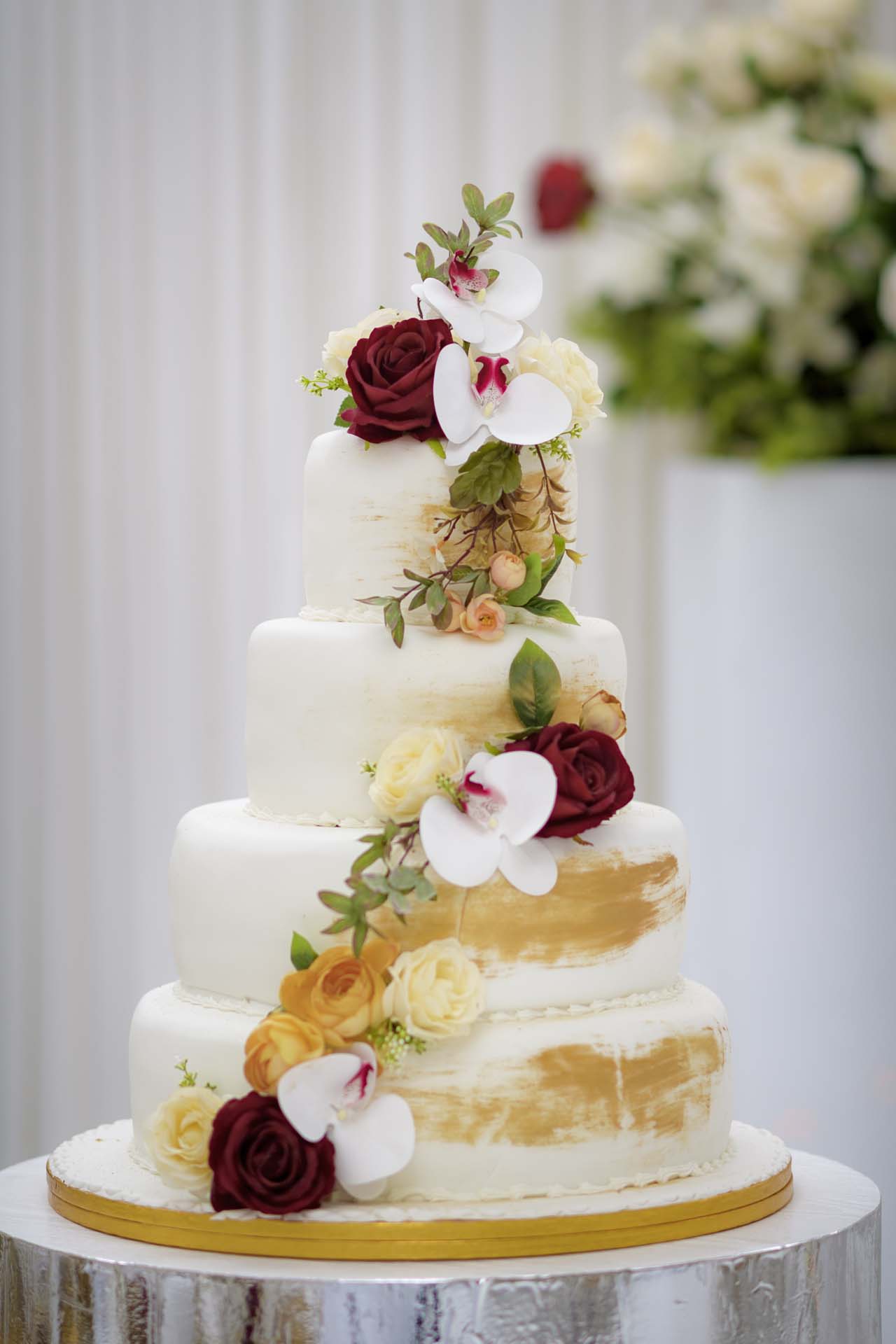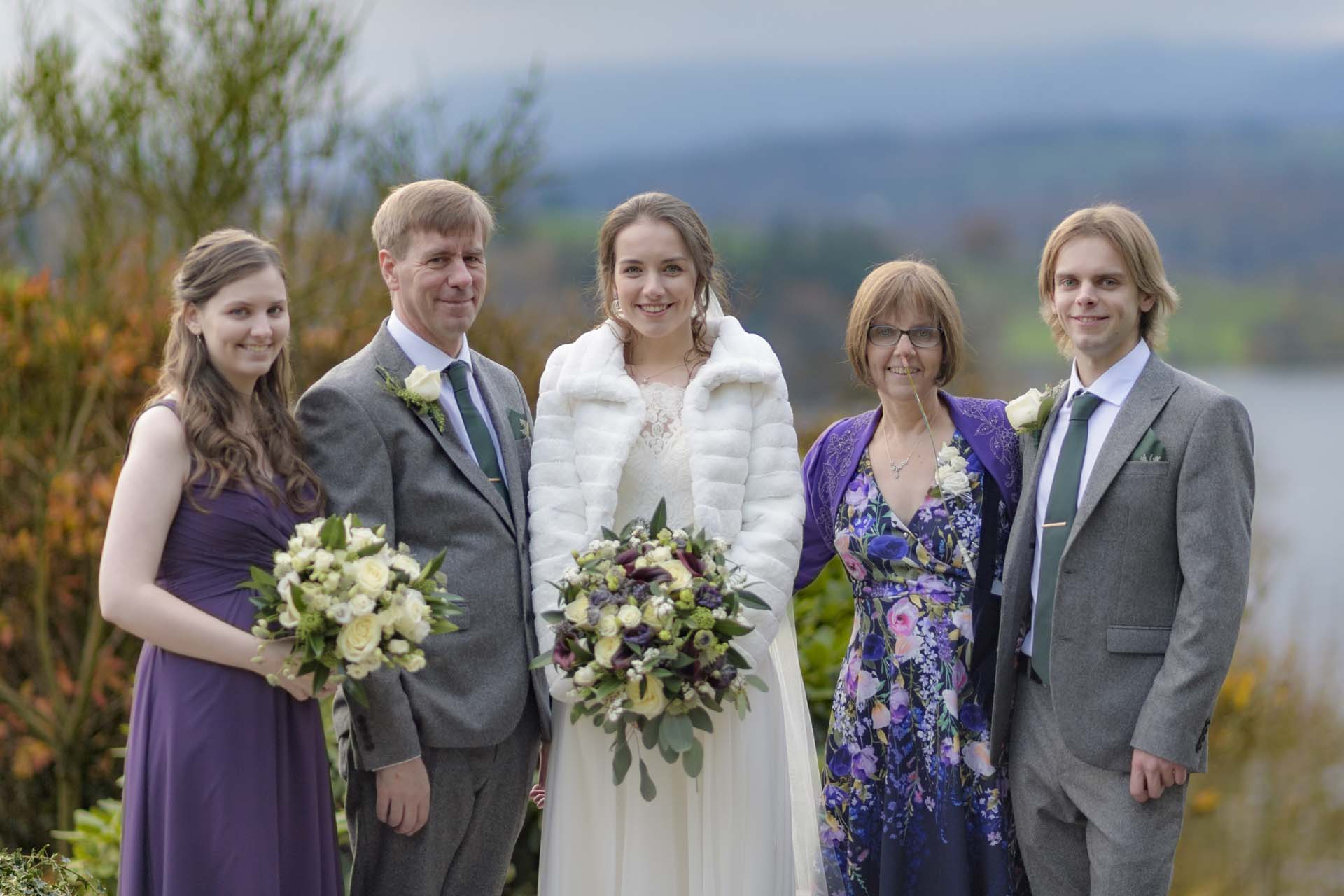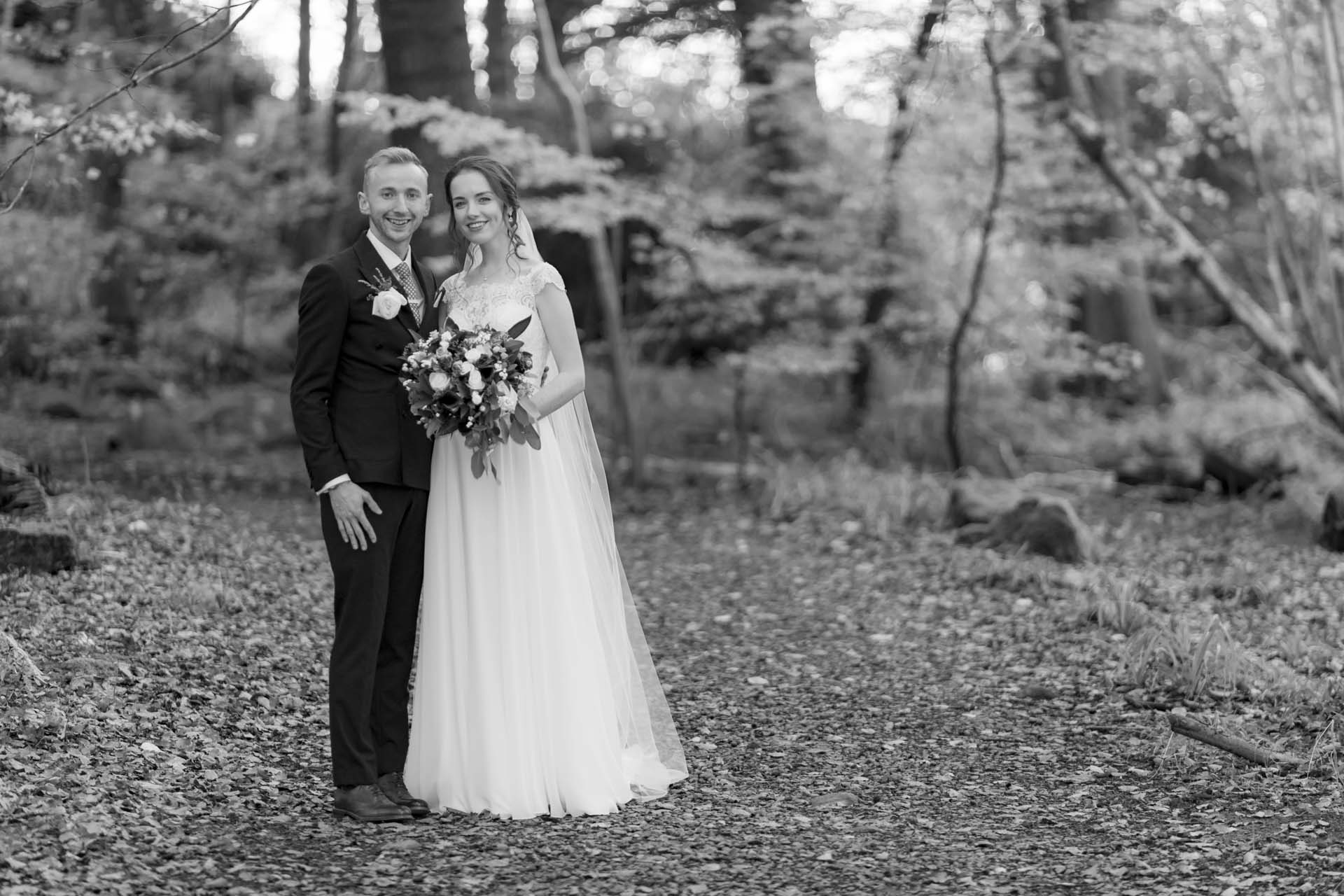A wedding photographer's tools:
The 135mm f2
The 135mm lens is a classic telephoto. Back when I had a Russian rangefinder (the Zorki 4k) and my dad a Russian SLR (the Zenit E) we each had a 135mm as a standard “long lens”. And this lens is still a useful focal length for head and shoulders portraits.
The lenses we had in those days were cheap and only had relatively small maximum apertures – I think mine on the Zorki was an f4. The value of the Nikkor 135mm is that it is an f2 lens, and that gives an excellent differentiation between in-focus and out of focus areas. Big apertures are not coveted merely for their light-gathering power, but for the shallow-depth of field that they offer – especially at longer focal lengths, like the 135mm. That shallow depth of field marks out professional wedding photography – only serious money can give you that kind of glass.
Looking for a wedding photographer? Check out my portfolio pages, or click on the button below to contact me.
A wedding photographer's tools:
For me the 135mm lens was a stop-gap on the road to the 200mm f2
I confess that this lens wasn’t really what I wanted as the next tool in my wedding photography arsenal. My target was the awesome Nikkor 200mm f2, but at well over £2k for even a beaten up one, that bit of glass has had to wait to be added. The 135mm f2 is a stand-in, but has been remarkable satisfying to use.
The Nikkor 135mm f2 DC is a bit of an oddity. The basic design dates back more than 30 years. It is not enormously sharp, even stopped down. But its rendering of skin tones and the lovely creamy bokeh of out of focus areas have made it a much-loved lens for many photographers, especially at weddings.
I bought mine from ebay seller UPG24 rather than my usual MPB. They just happened to have one at the right kind of price – and they have a great reputation as an honest ebayer. I normally buy secondhand anyway, but with an older lens like this there really is no other choice.
I tested the new-to-me lens around Birmingham last summer before using it at any weddings:
Given that the reason for buying the 135mm f2 was to get that big out-of-focus look from the wide aperture, I tested the lens mainly wide open. I have the 70-200 f2.8 zoom which is super sharp with a pleasant bokeh, so I was already covered for f2.8 and smaller apertures. What I wanted was a shallower depth of field.
I was not disappointed. These shots, all from one walkabout with the 135mm on my much-loved D700, told me that I had found what I was looking for. The focus is sharp and effective; separation of subject from background is very clear, and the look of the out-of-focus areas is satisfying.
All shots here taken at f2 – wide open – except for the golden statues taken at f2.2
The real oddity about the old Nikkor 135mm f2 is hidden in its official title – the letters DC. Short for Defocus Image Control, they refer to a second control ring on the lens body (visible in the photo of the lens itself, above) which can exagerate the degree of “defocus” in the out-of-focus areas either in front of your subject (not very useful) or in the background (potentially quite useful).
In practice, I tend to keep this control centred – some idea of what it can do can be seen above, where I have swung the control way out to the f5.6R positioon while shooting at f2. The result is the background blurring over the subject – producing an overall soft focus effect. Too much – but used sparingly can add to the arsenal.
The weakness of this lens is its relatively severe colour fringing in out-of-focus areas. The photo of the pub stools above (taken on the same Birmingham walkabout) shows this on the green side – close up on the right, zoomed in – and the close up from a recent engagement photo shoot shows the problem on the red/purple side.
The final photo in the sequence of four shows the same image after defringing has been applied in Adobe Camera Raw – it is generally possible to get the fringes right out, though you have to watch that no part of the image has the precise colour of the fringe, or you will get distorted colours there too.
A wedding photographer's tools:
So how do you use the 135mm at weddings?
Given its weakness as well as its strengths, how do I use the 135m f2 as a wedding photographer? Here are some examples from just a handful of recent weddings and other shoots.
1) For head and shoulders portraits of the bride and groom
I find myself frequently using this lens for close-in portraits of the wedding couple. The big aperture and minimal use of the DC control set to rear gives me very pleasing out of focus areas. I often stop down just slightly to ensure enough focus between my subjects’ faces; I am very happy with the overall effects.
Depth of field is shallow, though, and you need to watch that you don’t lose either bride or groom to that ravenous bokeh! Occasionally I know that this is happening, deliberately shoot two near identical shots with focus on each in turn, and then splice them in post. You can see how this works in the three images below – from Martyn and Stephanie’s Doncaster wedding last summer. Both shots Nikon D800 f2 1/2000 ISO 100
2) For half-body portraits of the bride and groom
The “top half” portrait is often a contender for the “mantlepiece shot” which is the key target at every wedding for every wedding photographer. Far enough back to give some details of the dress, but close enough in to show details of the faces and smiles of the bride and groom. I find the 135mm useful for this shot – and the slightly greater distance from my subjects helps to hold them together in the zone of focus.
3) Full length portraits/more distant shots
As the photographer moves further away from the subject, the apparent separation of subject from background caused by the shallow depth of field drops off. This was my main purpose in buying this lens – and will be in the purchase of the 200mm f2 as and when it happens – I want to maximise the distinction between subjects and background when shooting at a distance.
For a wedding photographer, the full length portrait can be an incredibly pleasing shot. It sets the subjects in a context, it shows the full length of the wedding dress (and his suit too, but no one ever seems as interested!) and with the right lens and lighting, can still give a very pleasing rendering of the faces. It is often a candidate for that mantlepiece shot.
I am pleased with results from the 135mm f2.
4) Guests and details
For reportage of guests we often use the 70-200mm and for details the 105mm macro. But the 135mm has proved its worth in those situations too – sometimes because it just happens to be on the body! But for hunting those happy portraits of guests at the reception, the extra separation from the background can be really useful, especially in a crowded room with a lot going on.
Here are some examples of guest and details shots during wedding photography with this lens.
A wedding photographer's tools:
The 135mm f2 at weddings
This lens has its weaknesses, but I find that I am using it a lot, and more and more. The chromatic aberrations (colour fringing) are definitely a drawback, but you can subdue them in post-processing, and the way this lens renders skin tones is particularly happy. I can see myself…
- Still using it, mainly on the D5 body.
- Possibly using it on the old D700 for guest hunting. That leaves the 70-200mm on a newer and faster body, but marries the creamy bokeh and skin tones of this lovely lens with a body whose skin rendition and colours are legendary.
- Still looking to acquire a 200mm f2 as soon as I can! I want more of the magic bokeh!
I hope the blog has informed and entertained! If you are looking for a photographer for your wedding or other special event, please don’t hesitate to contact me via my online form or email. You can text me on 07983 787889 or email me at Andrew@AndrewKingPhotography.co.uk
Photos © copyright Andrew King Photography

